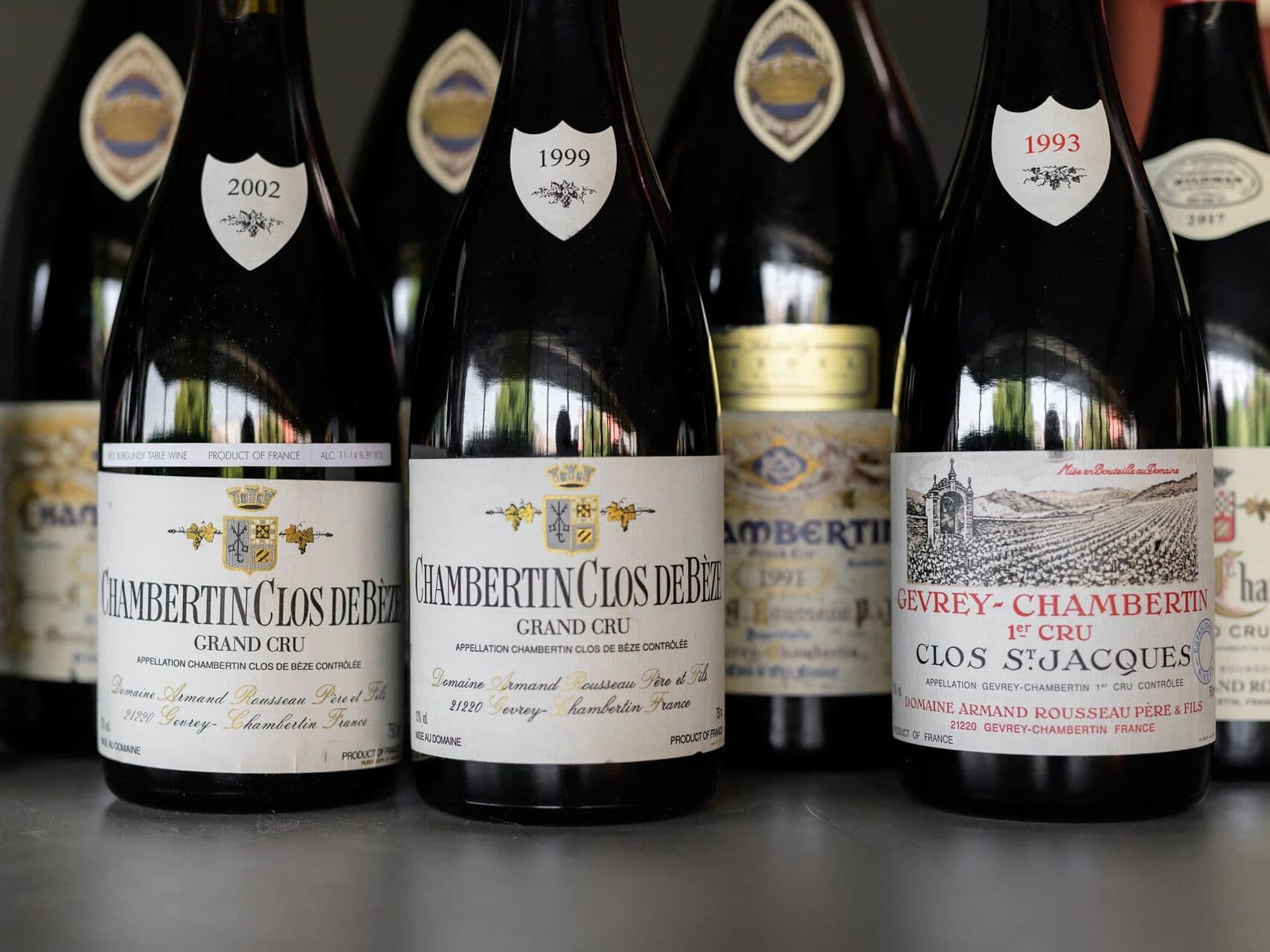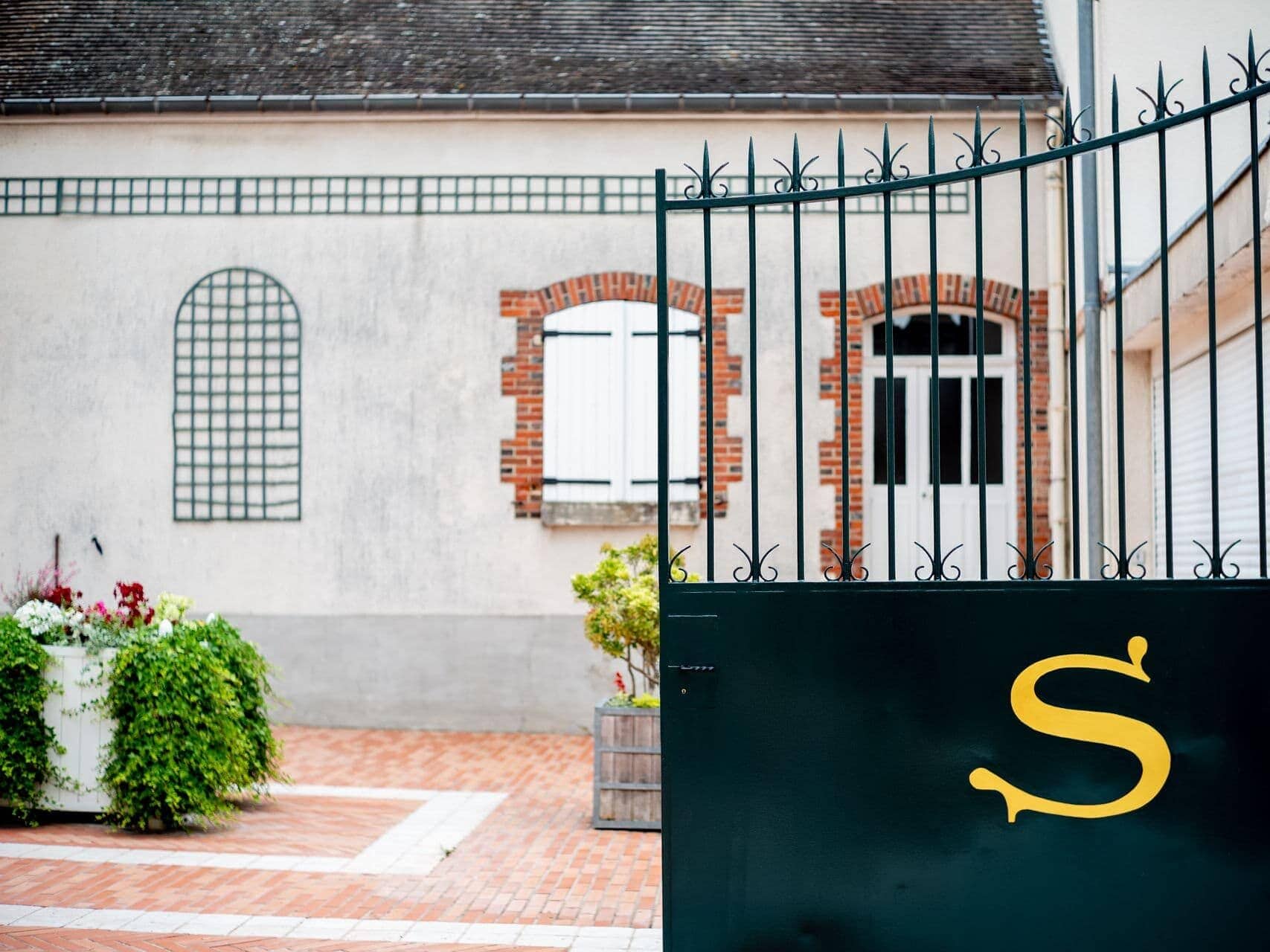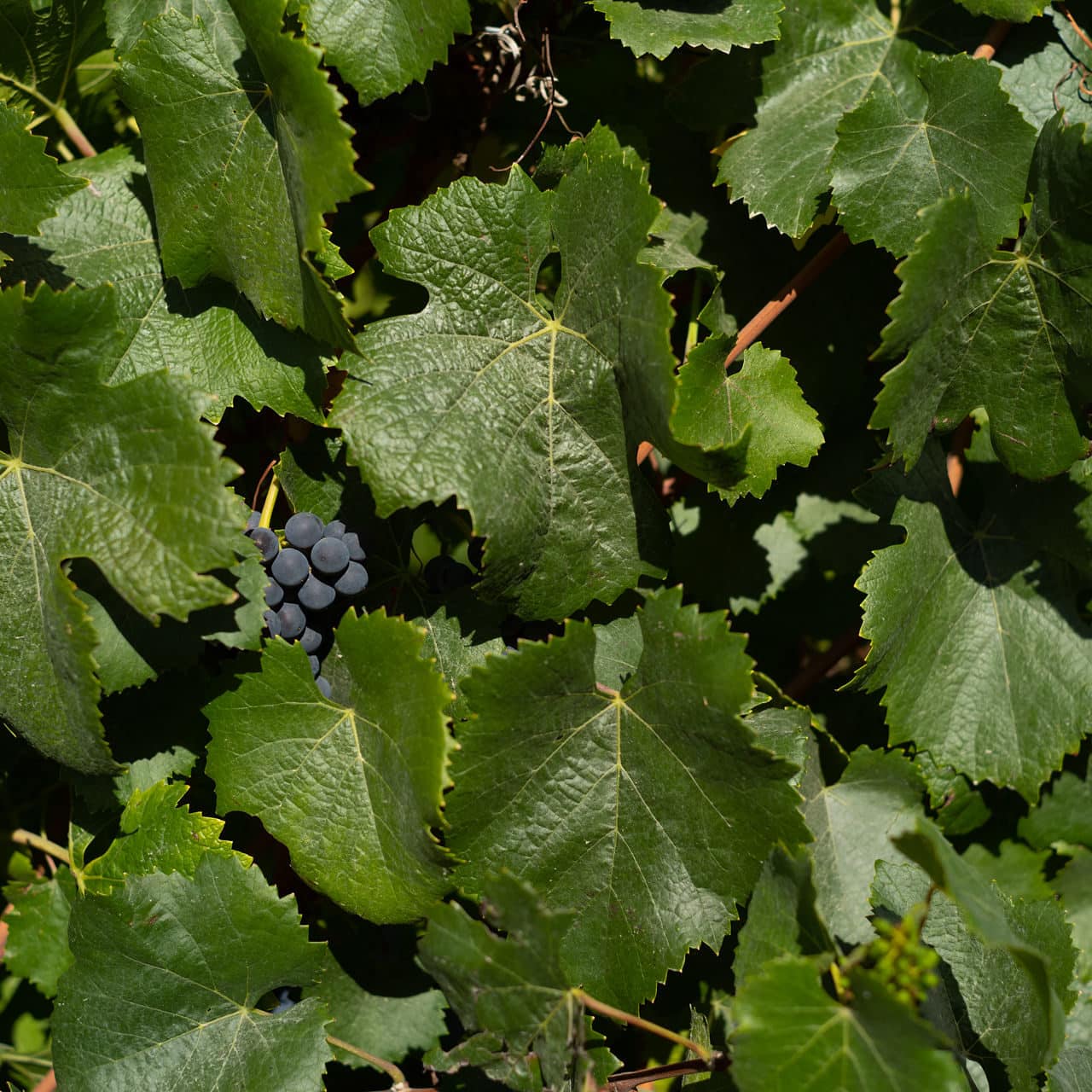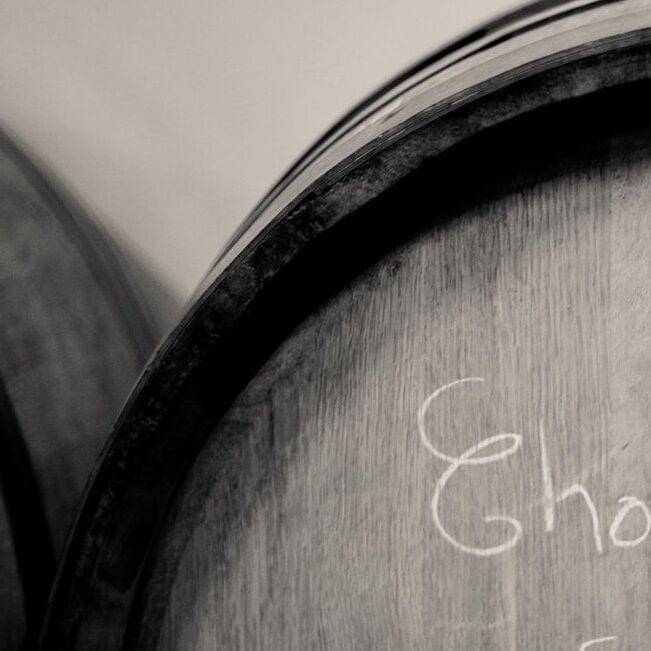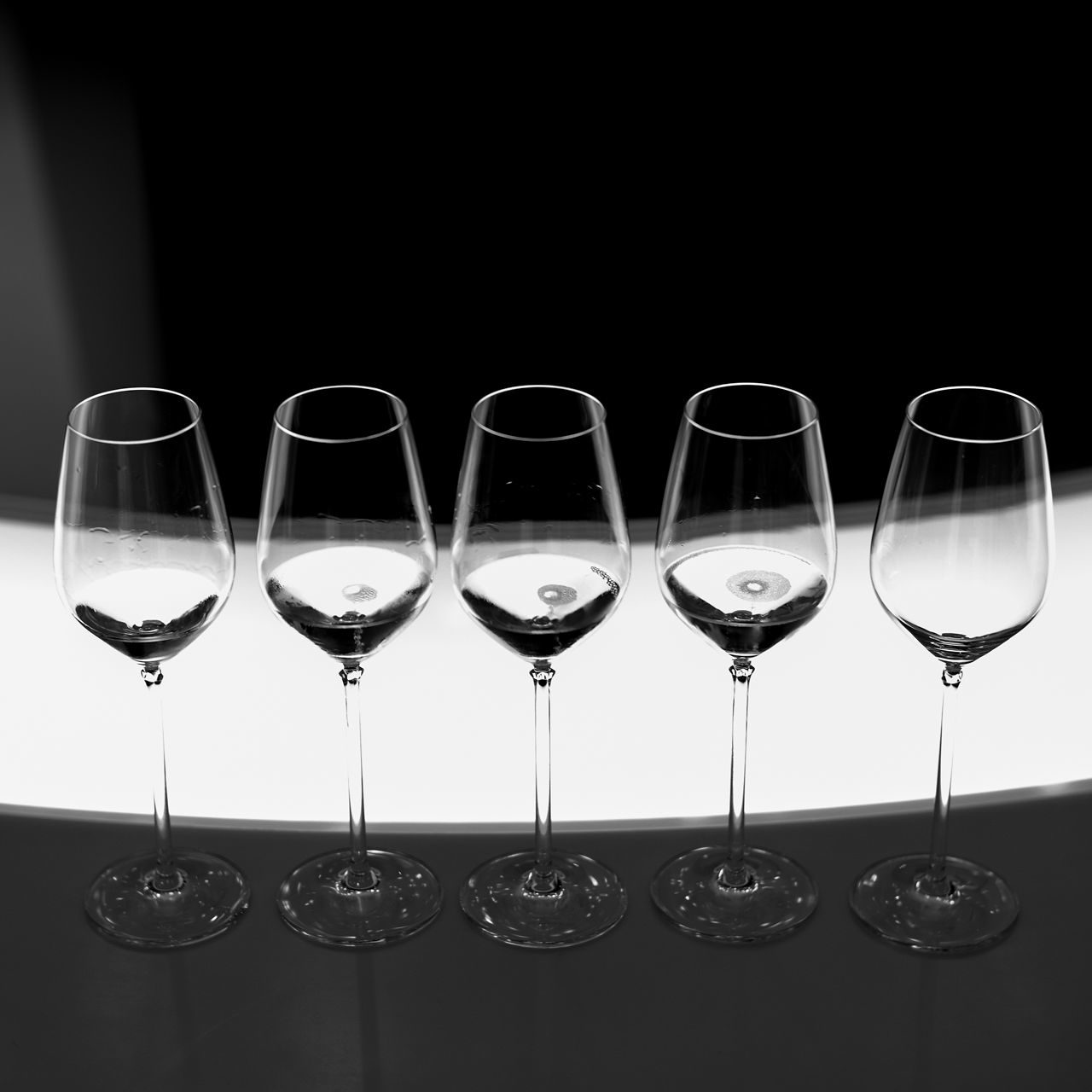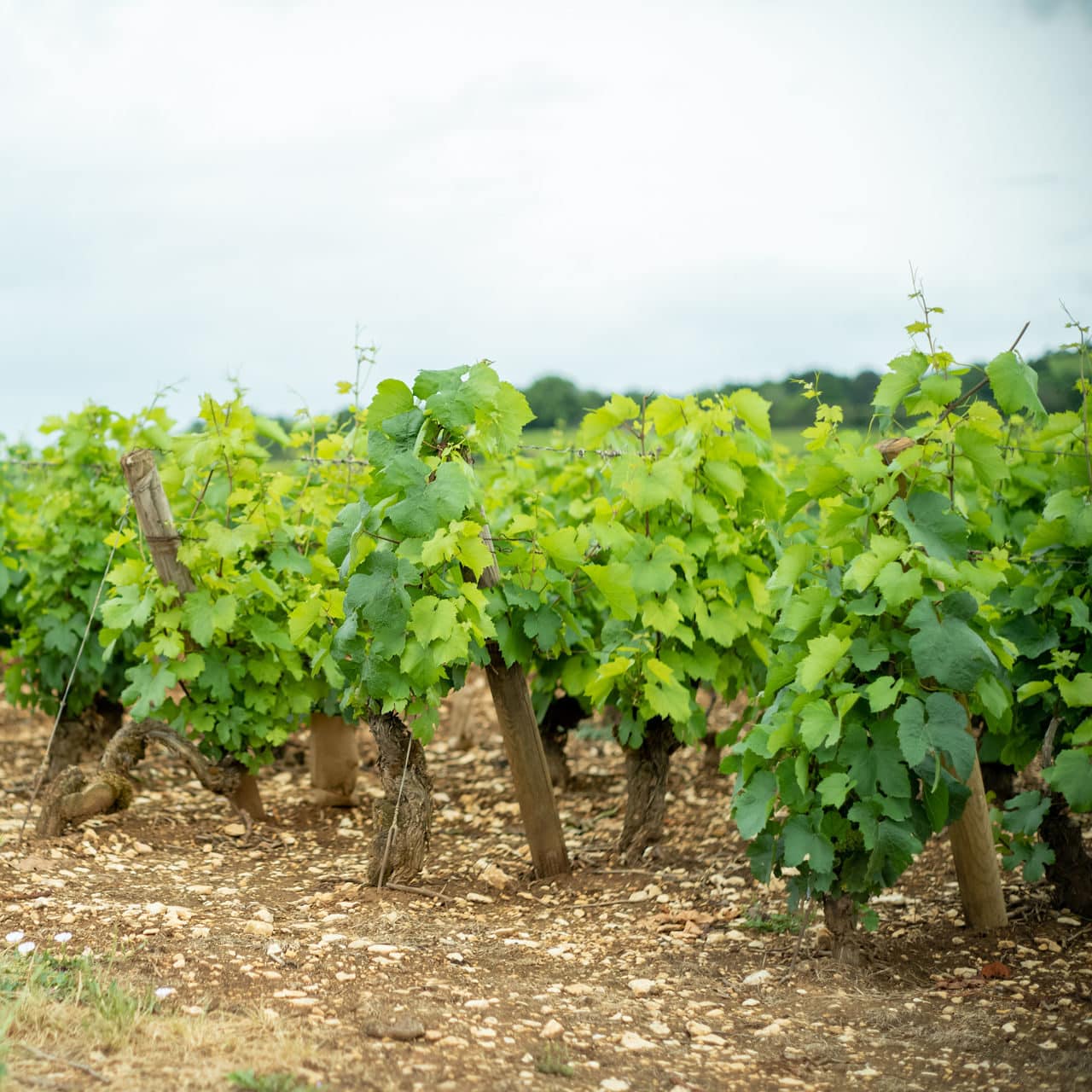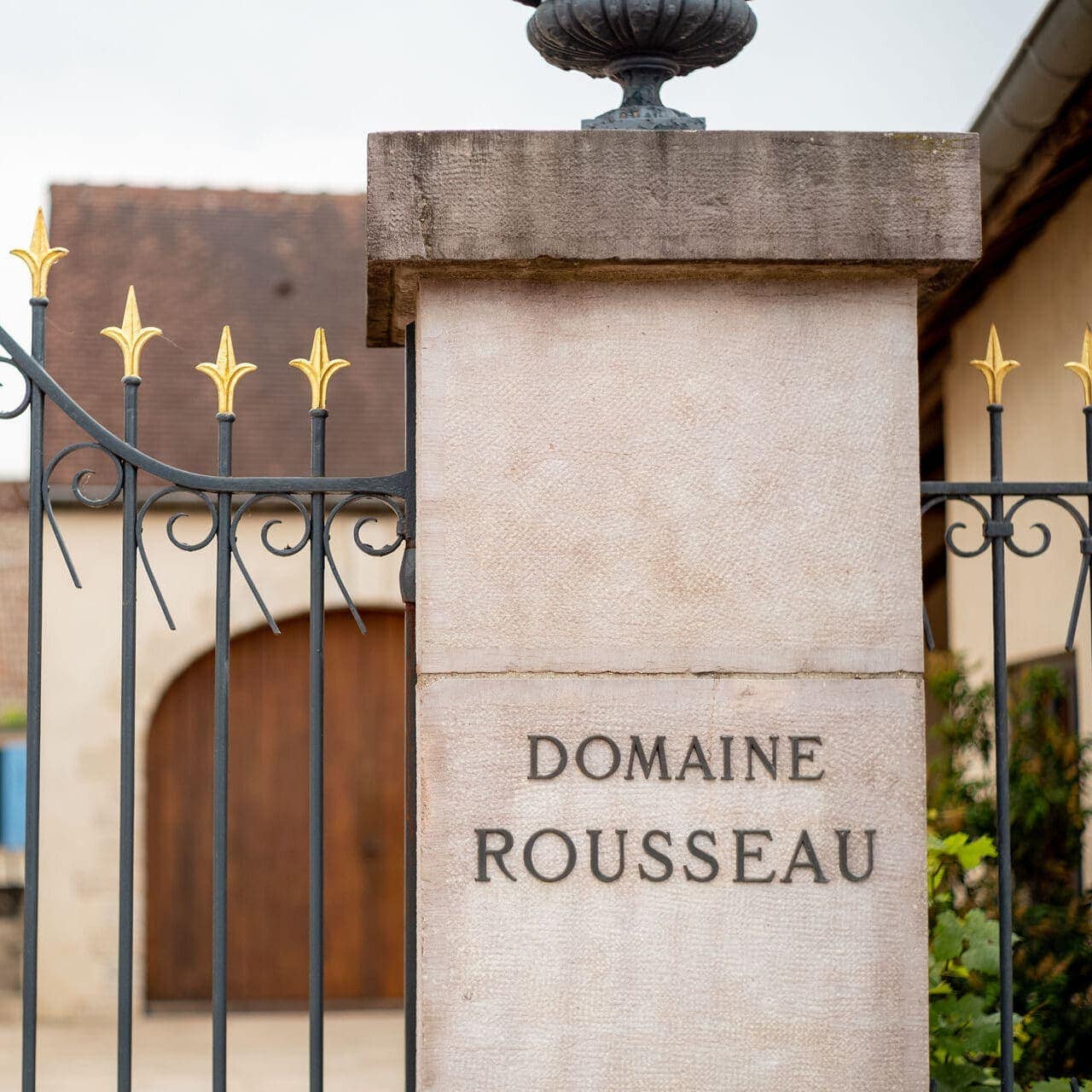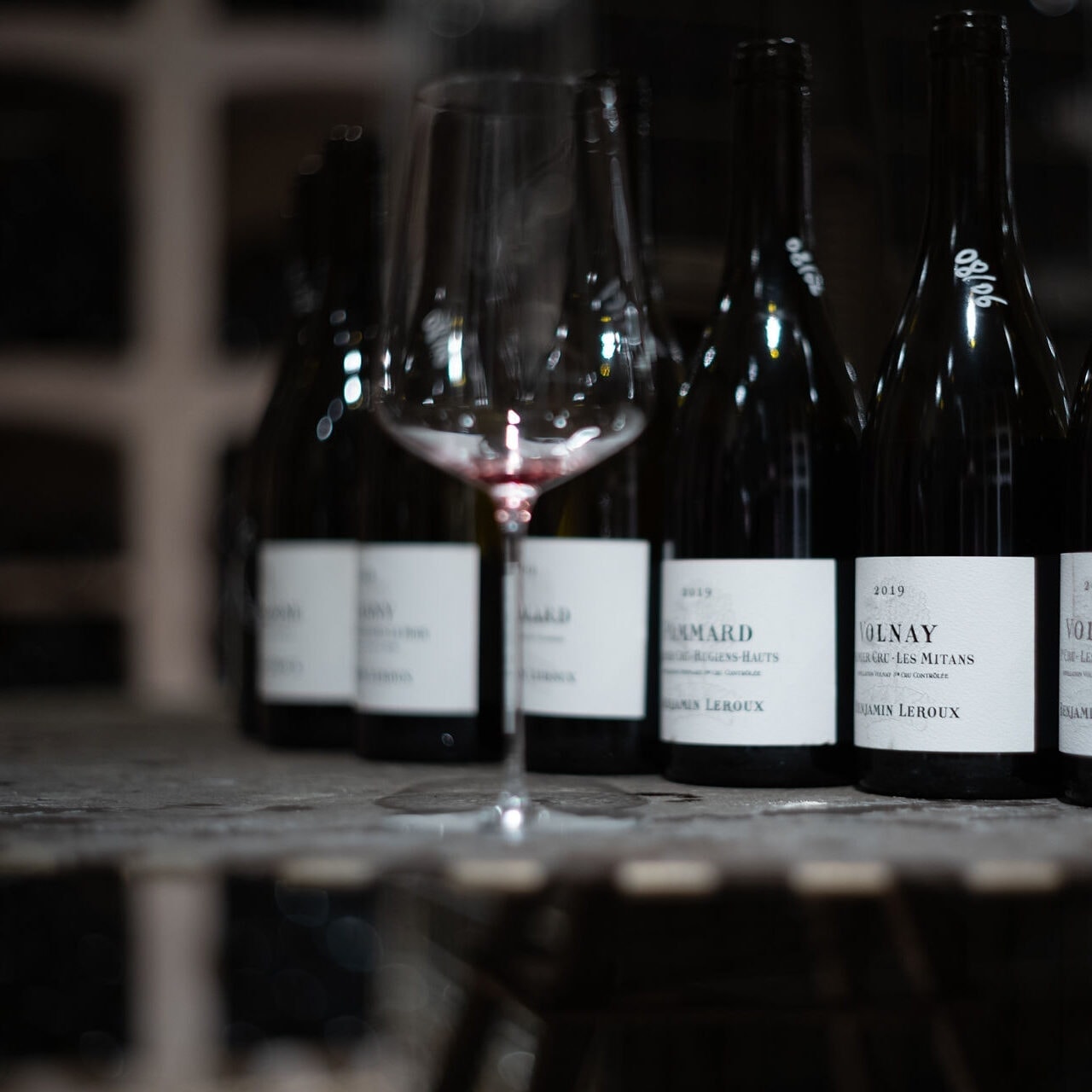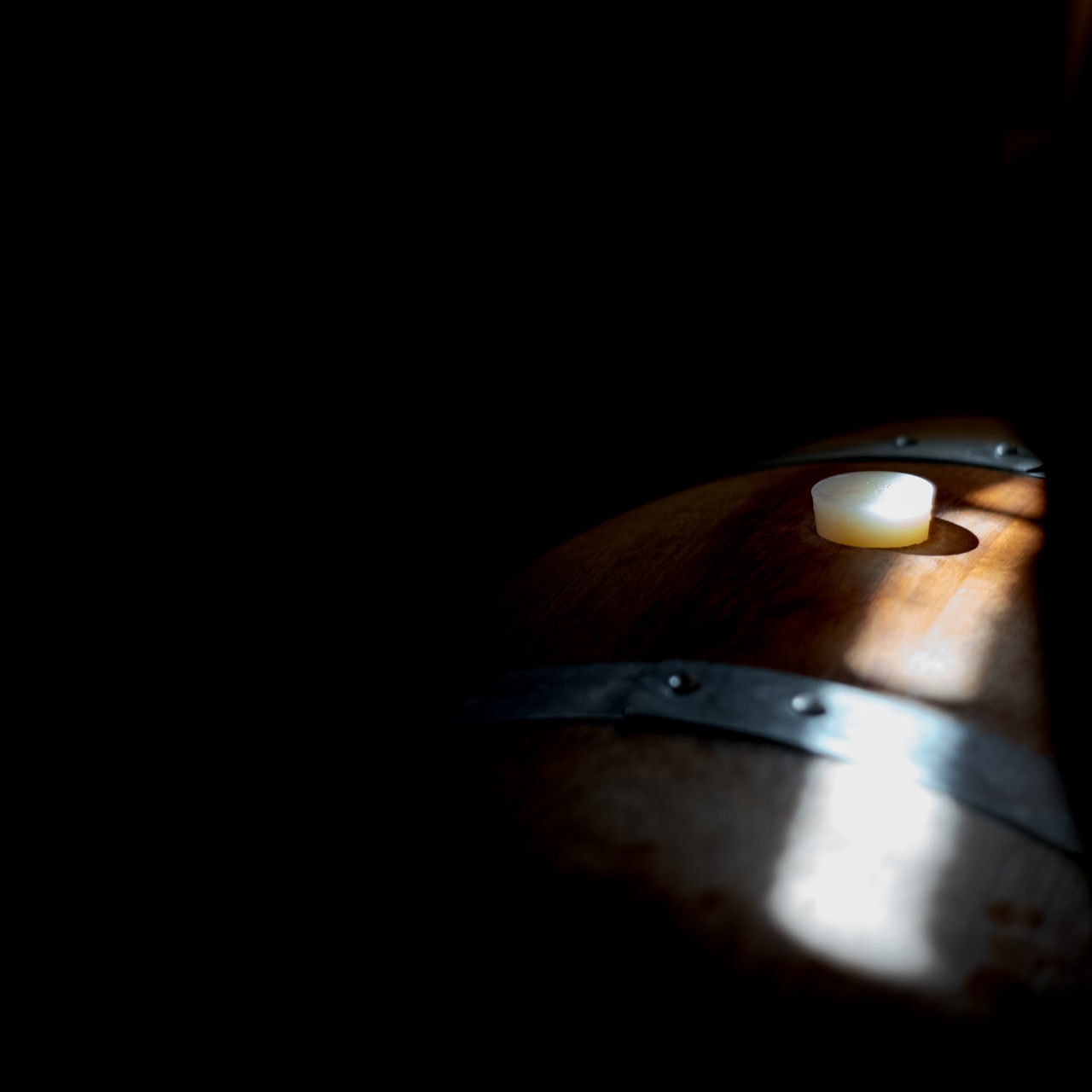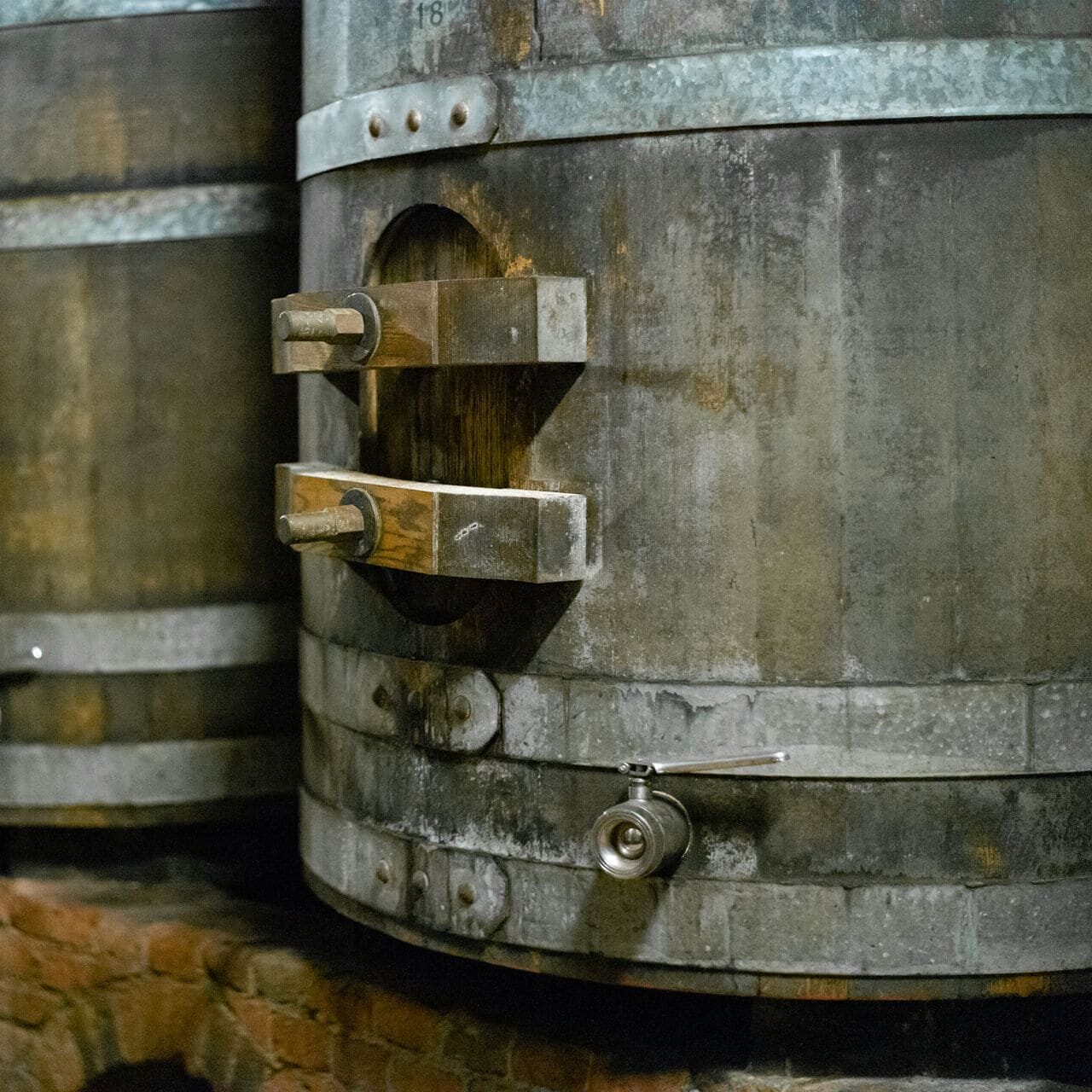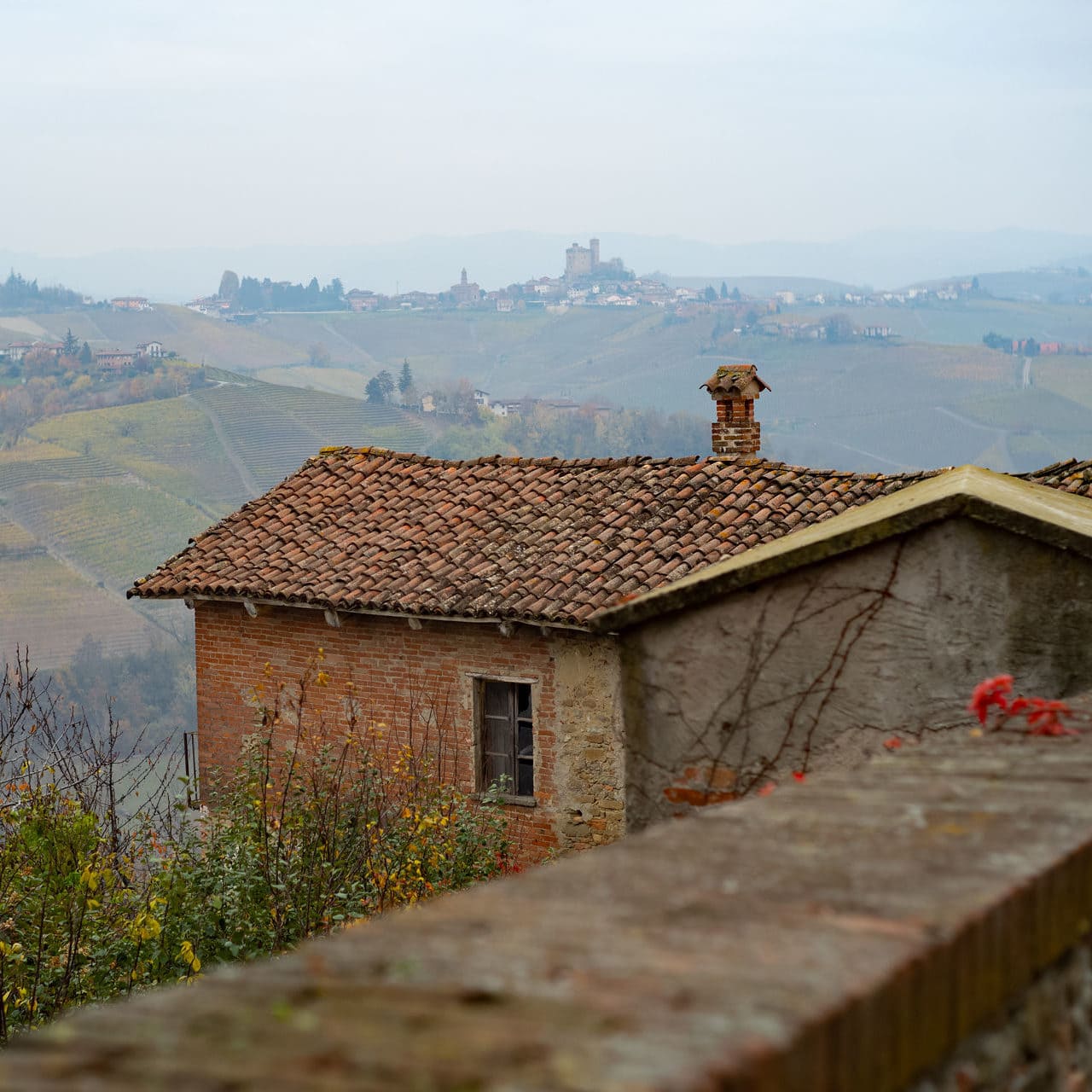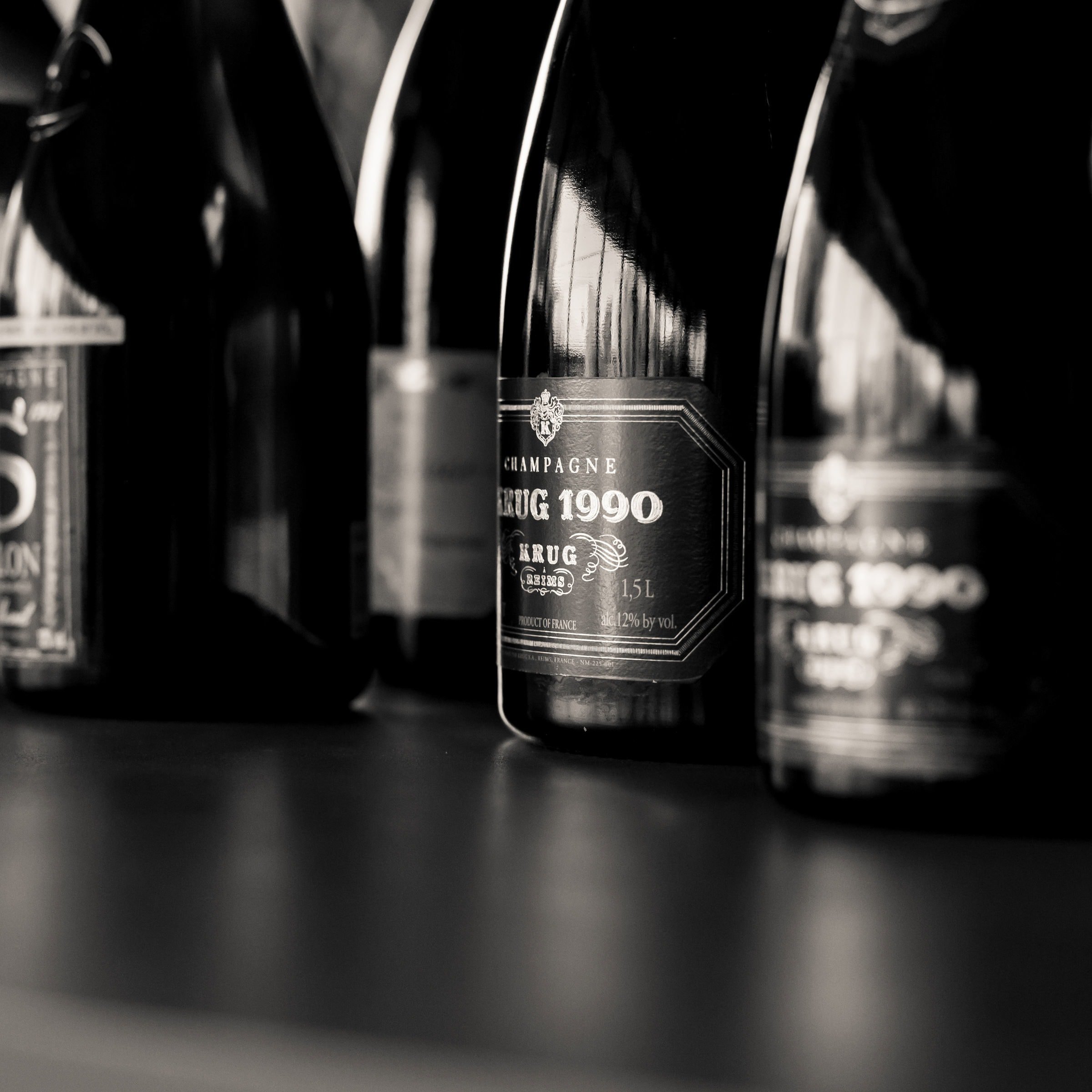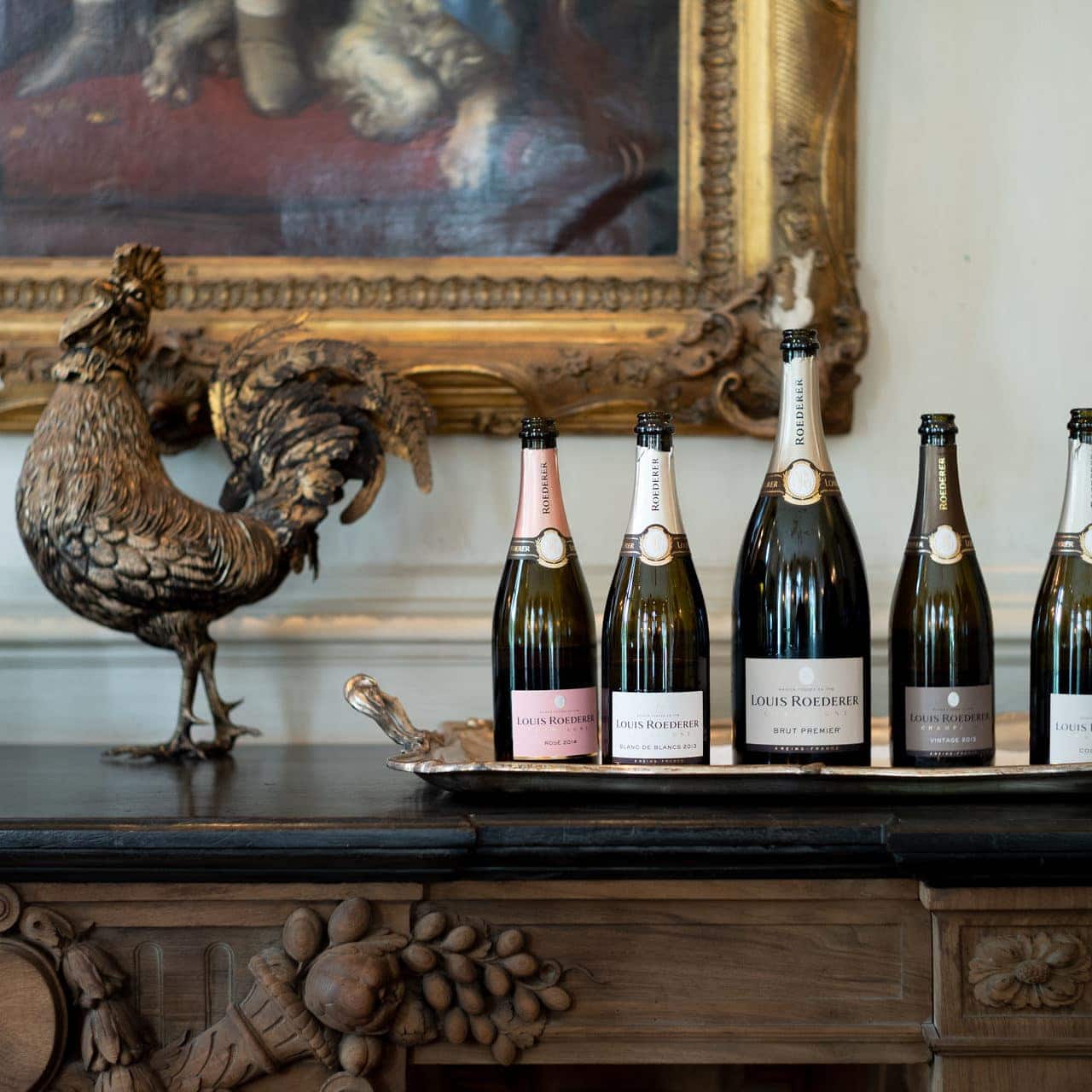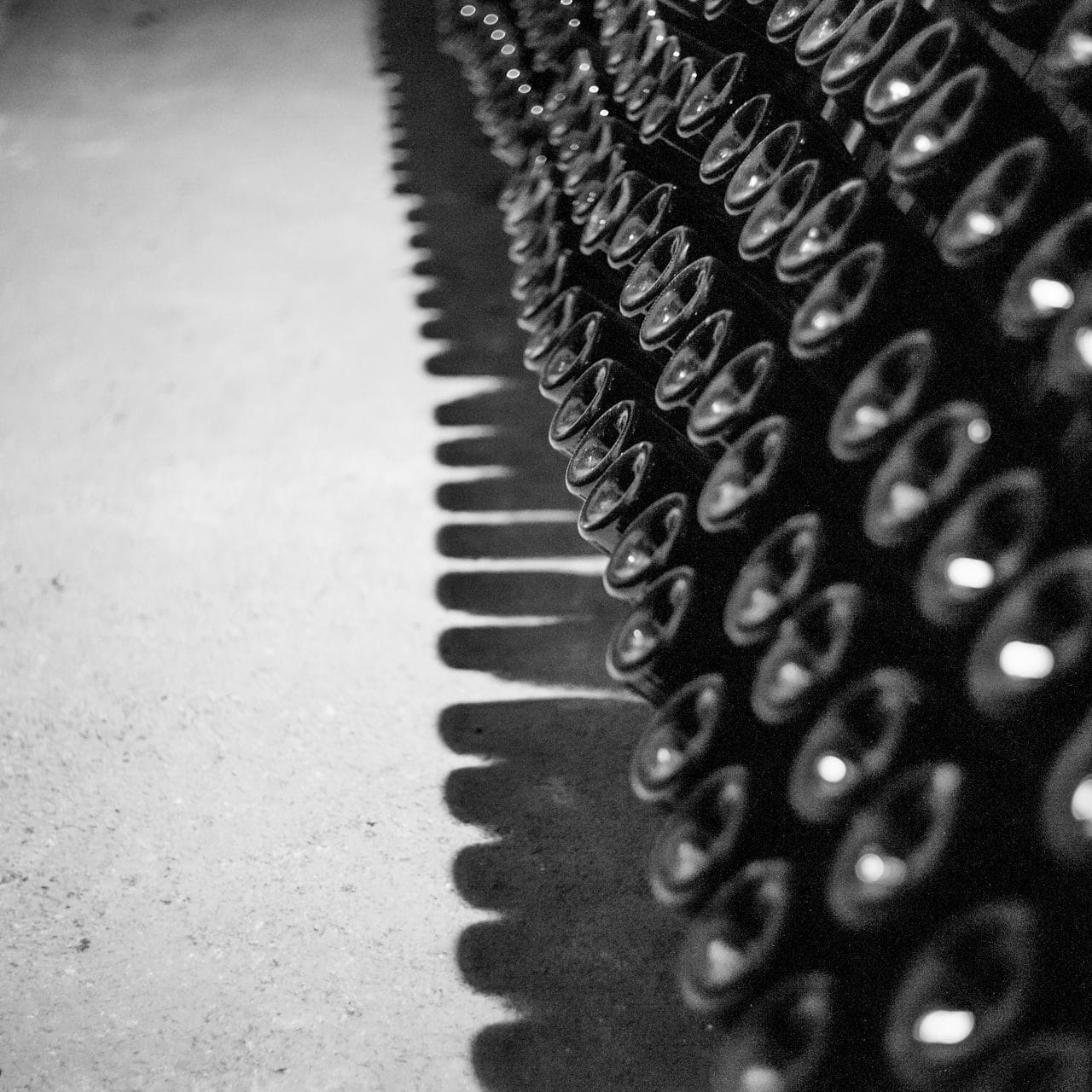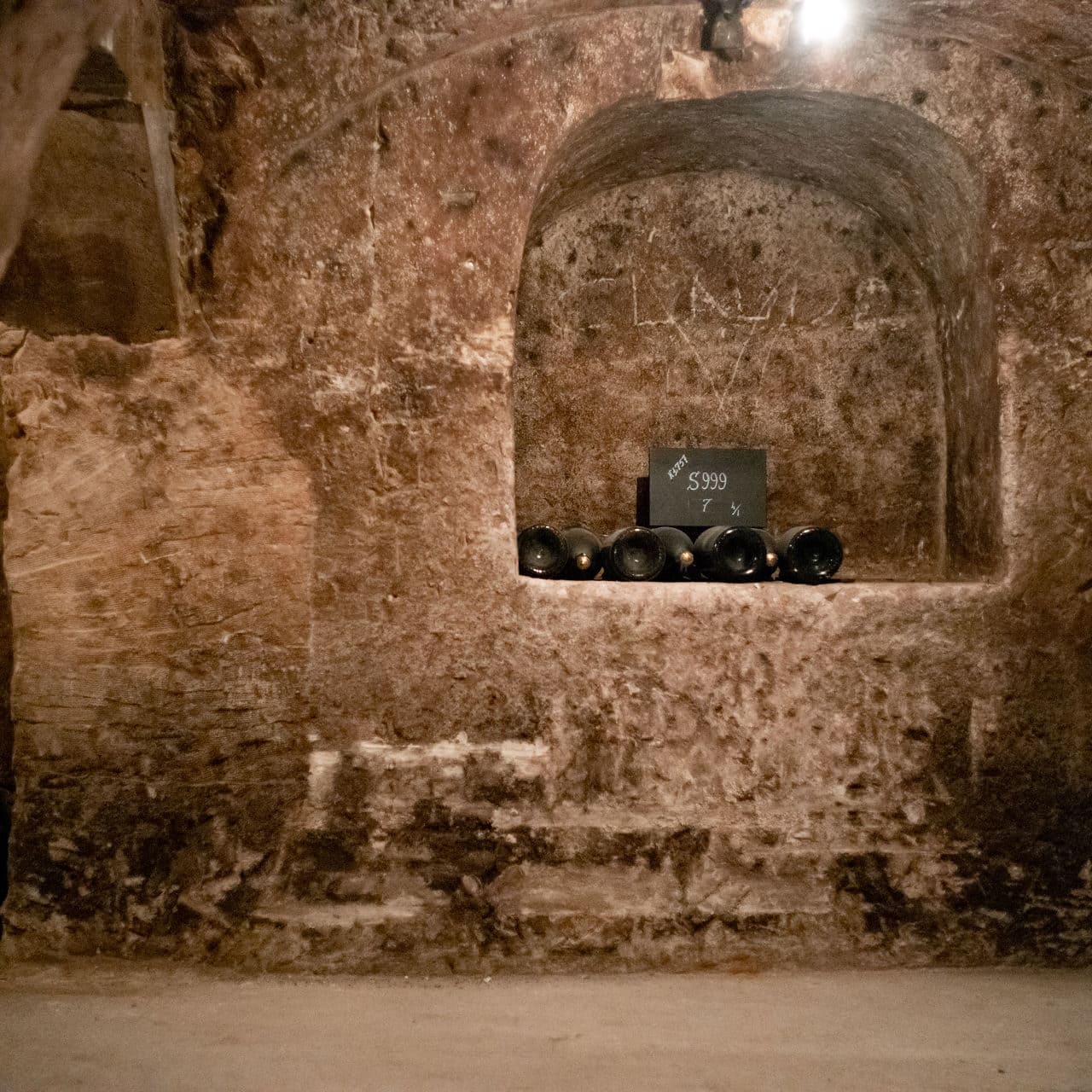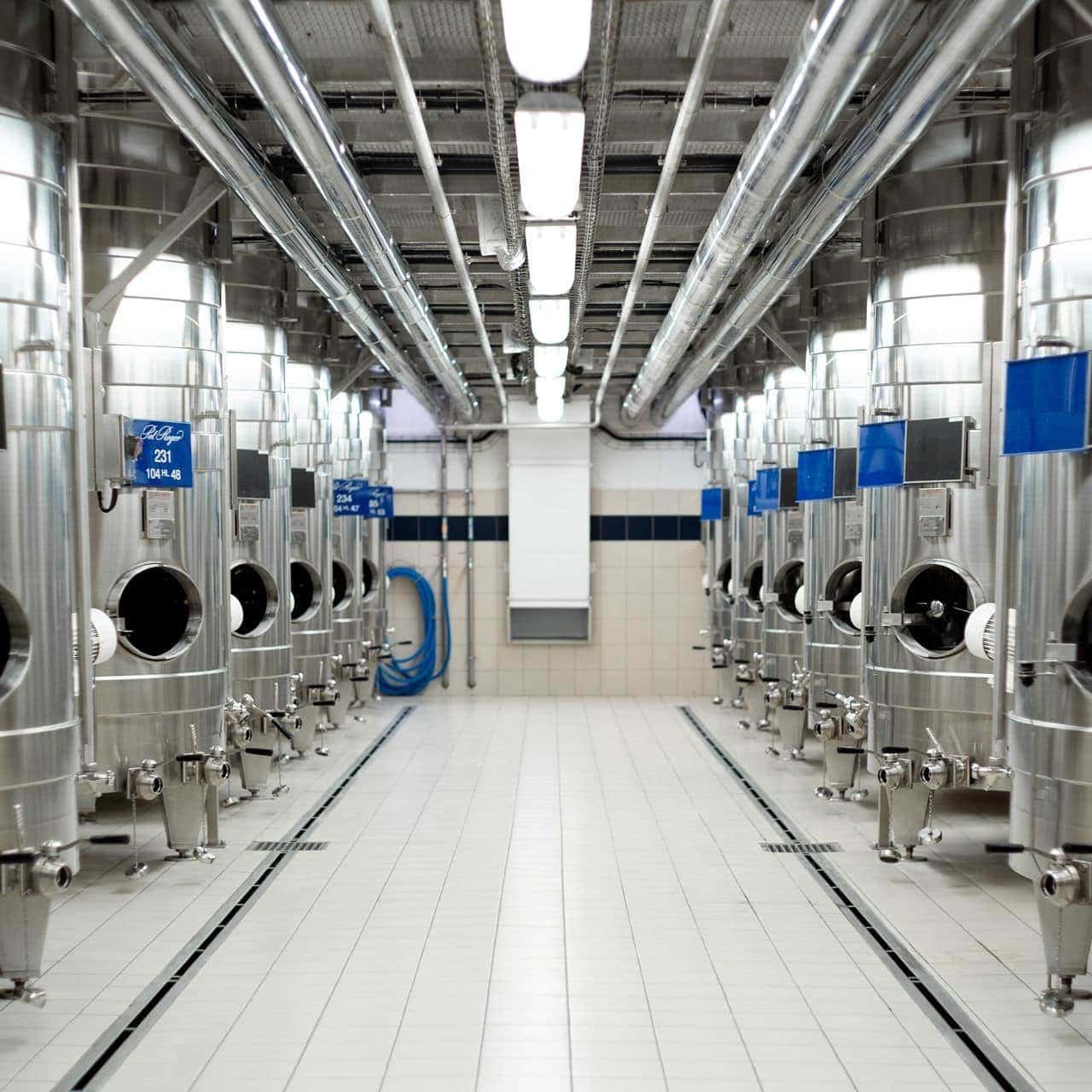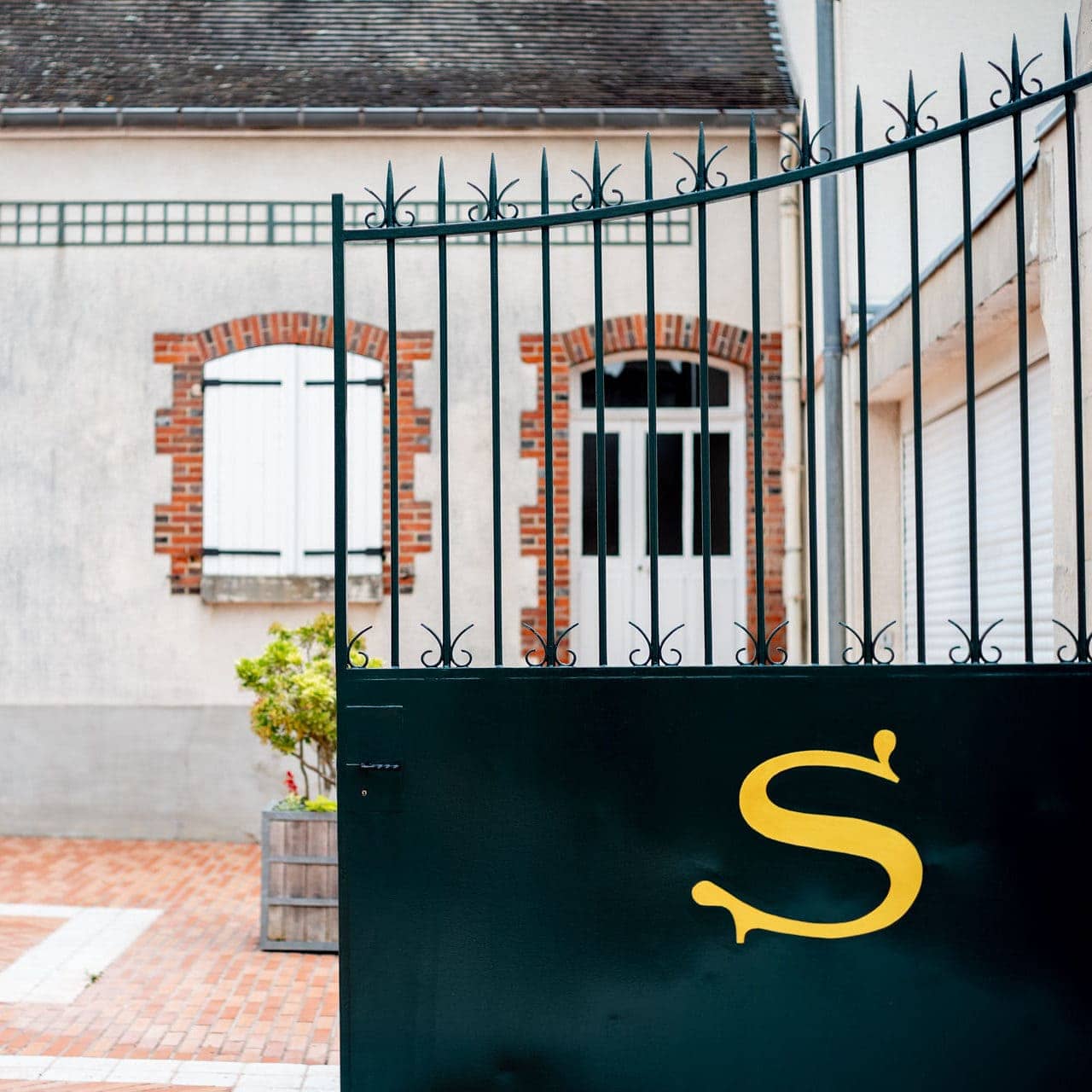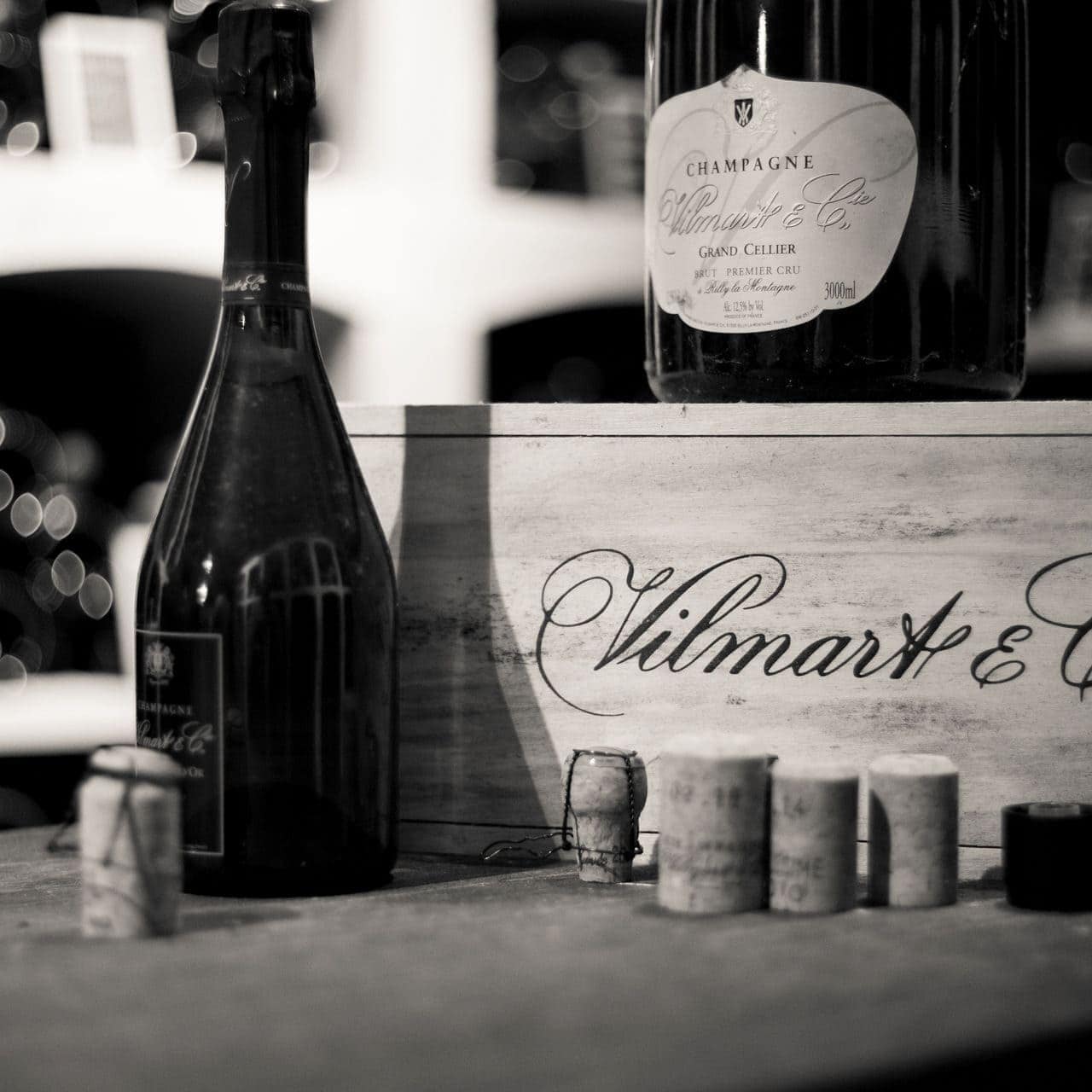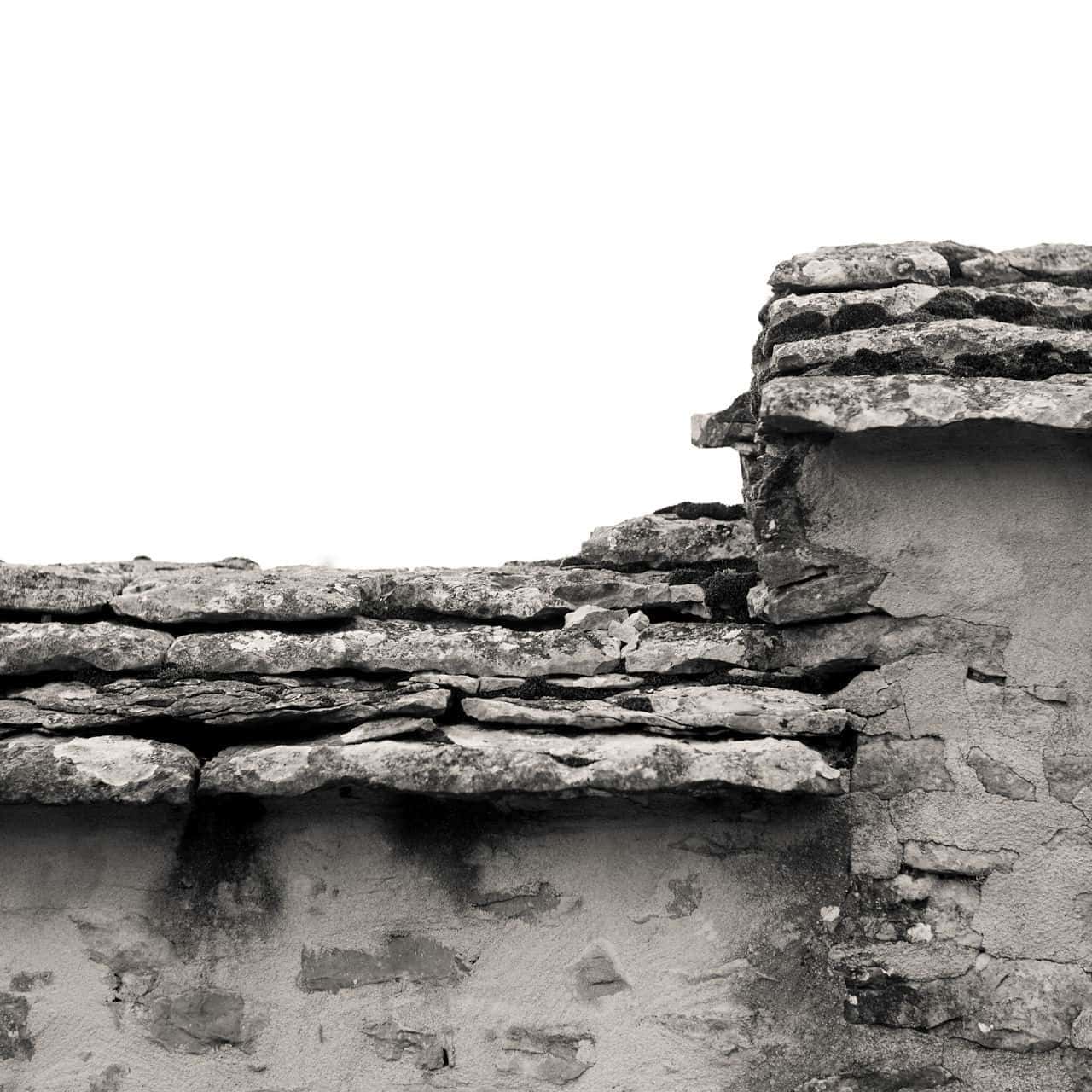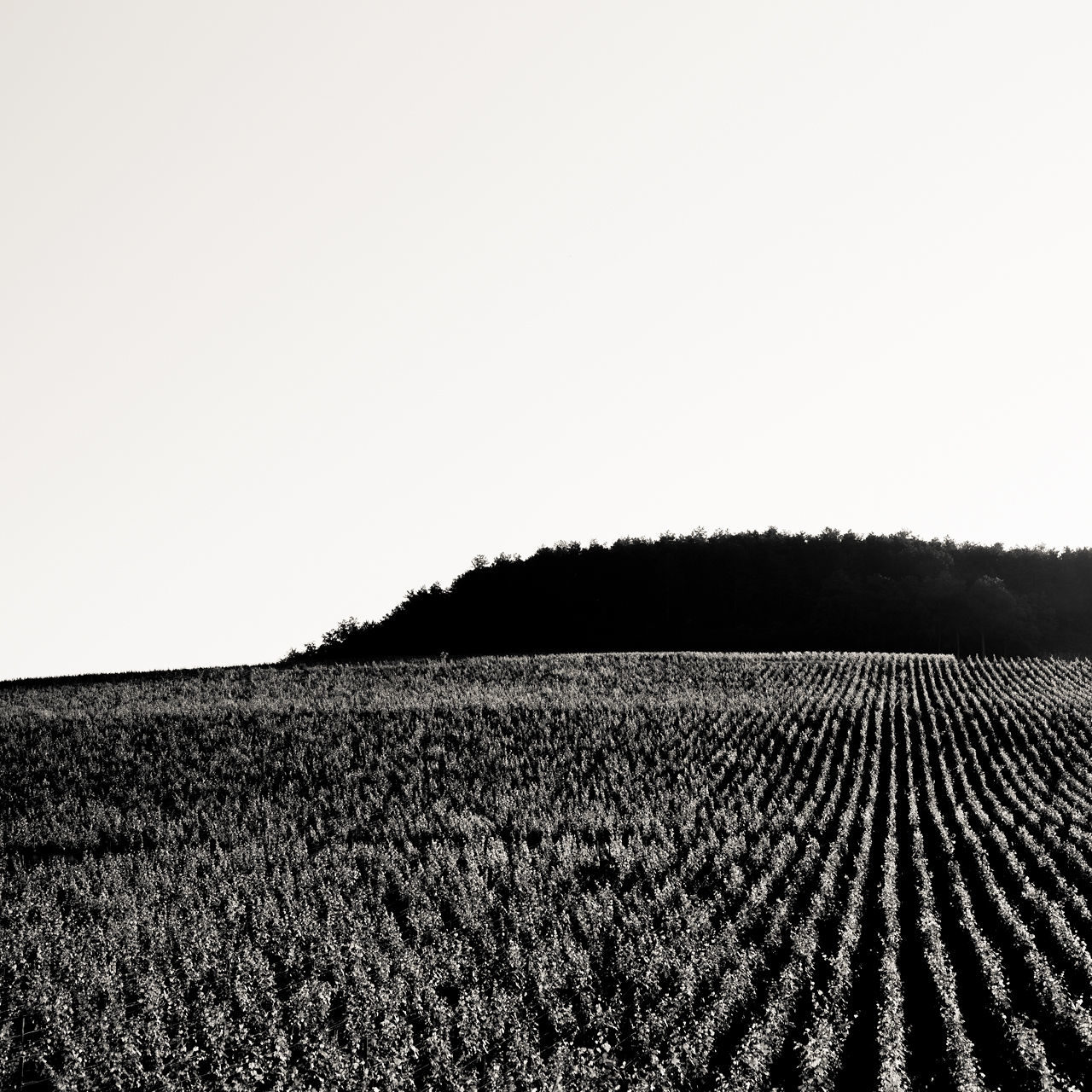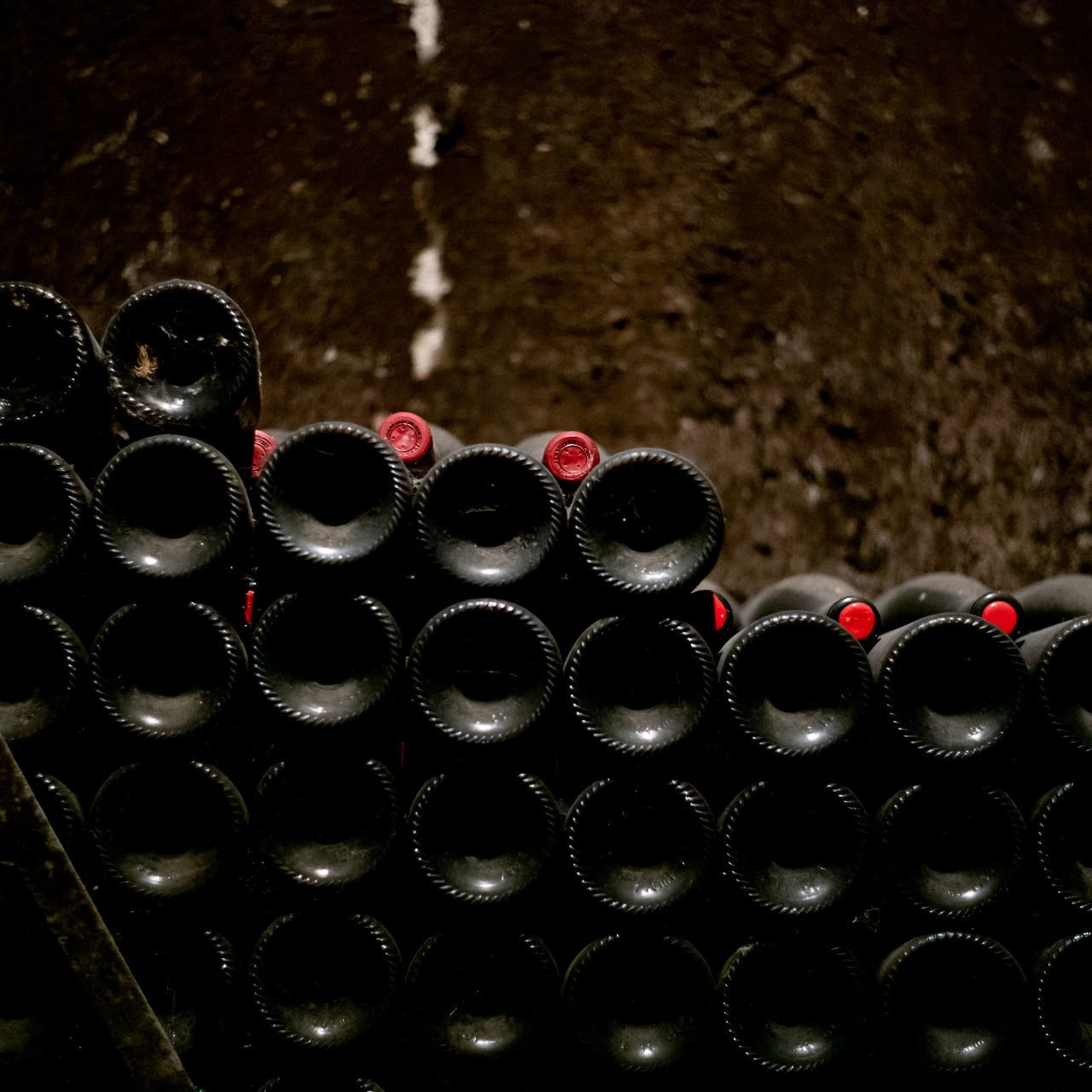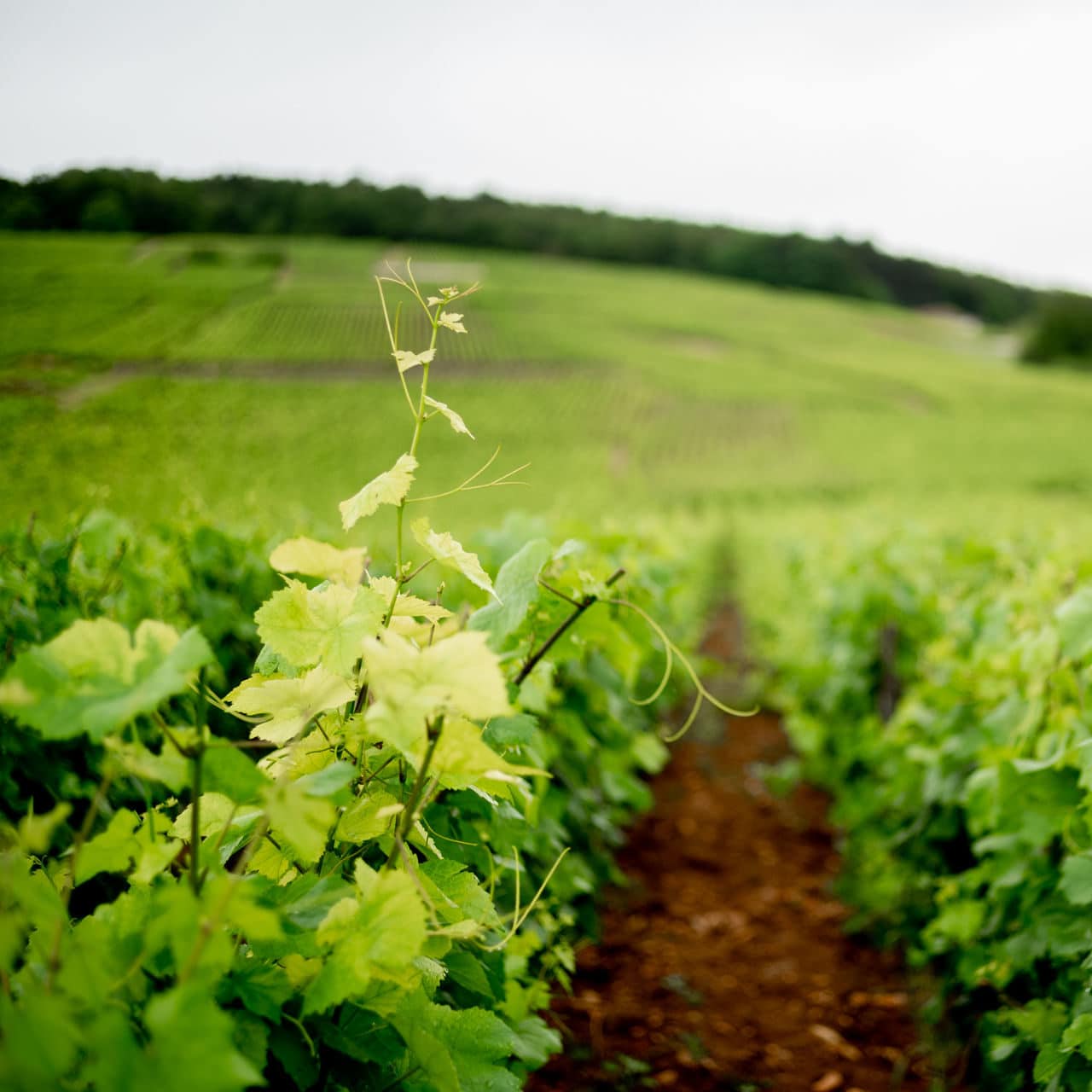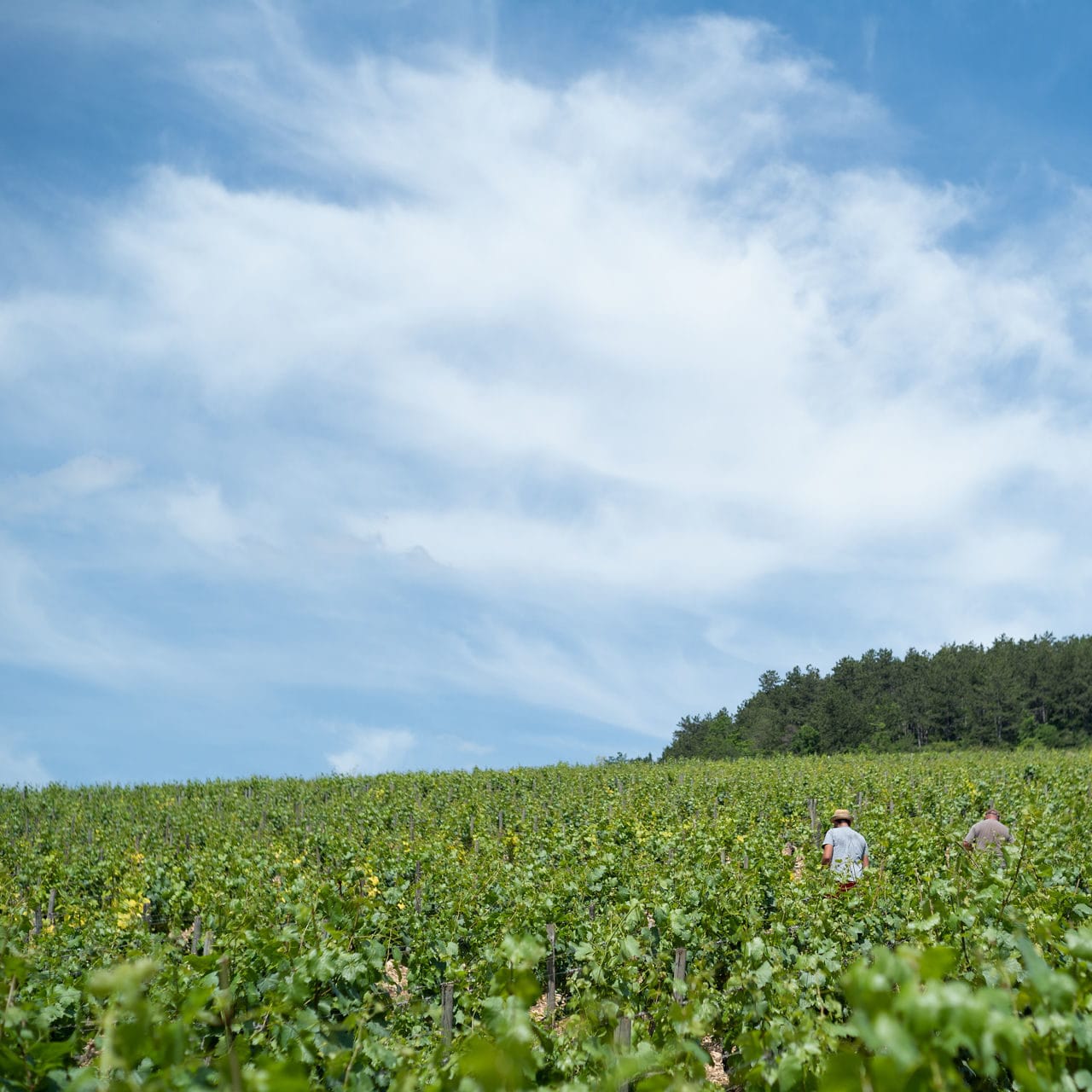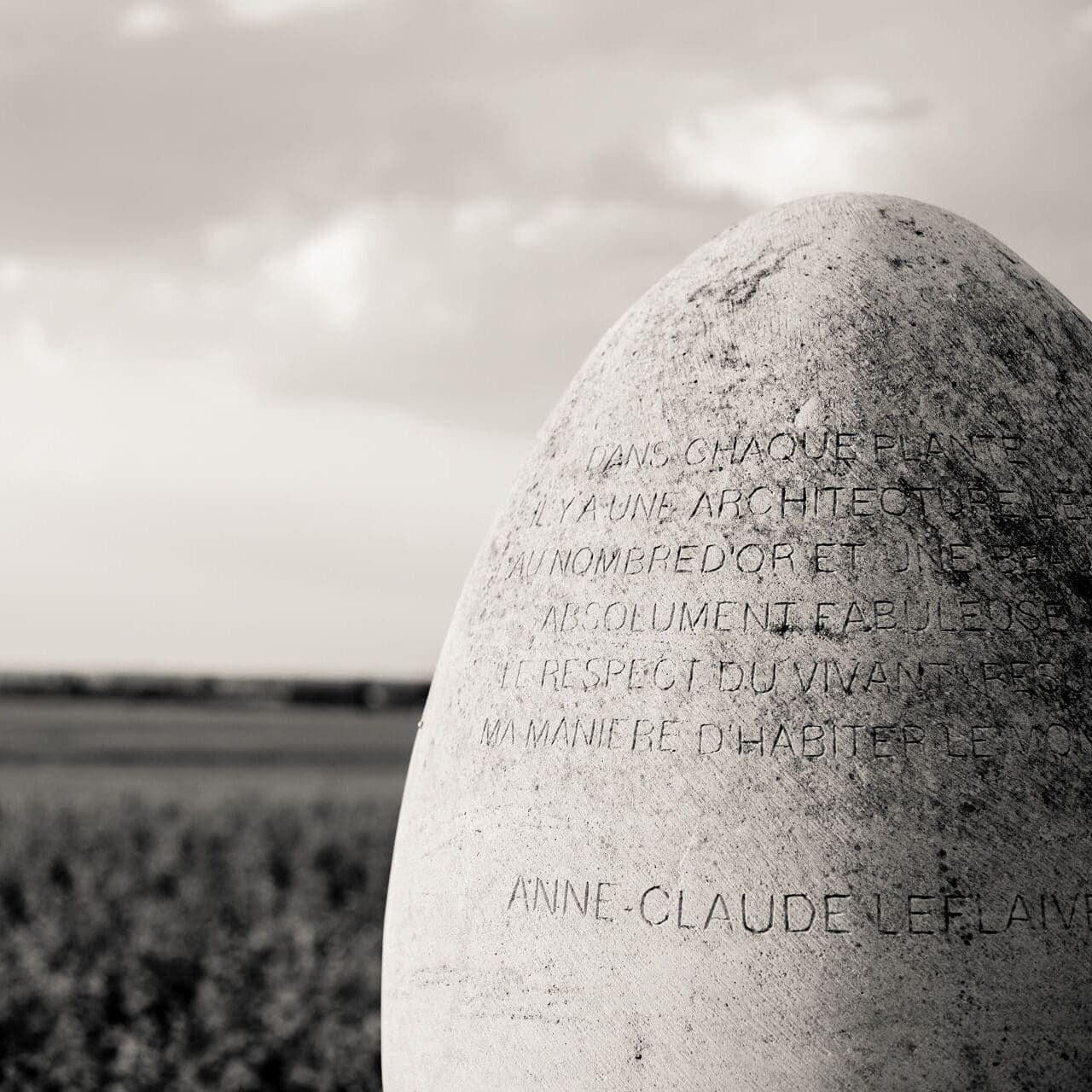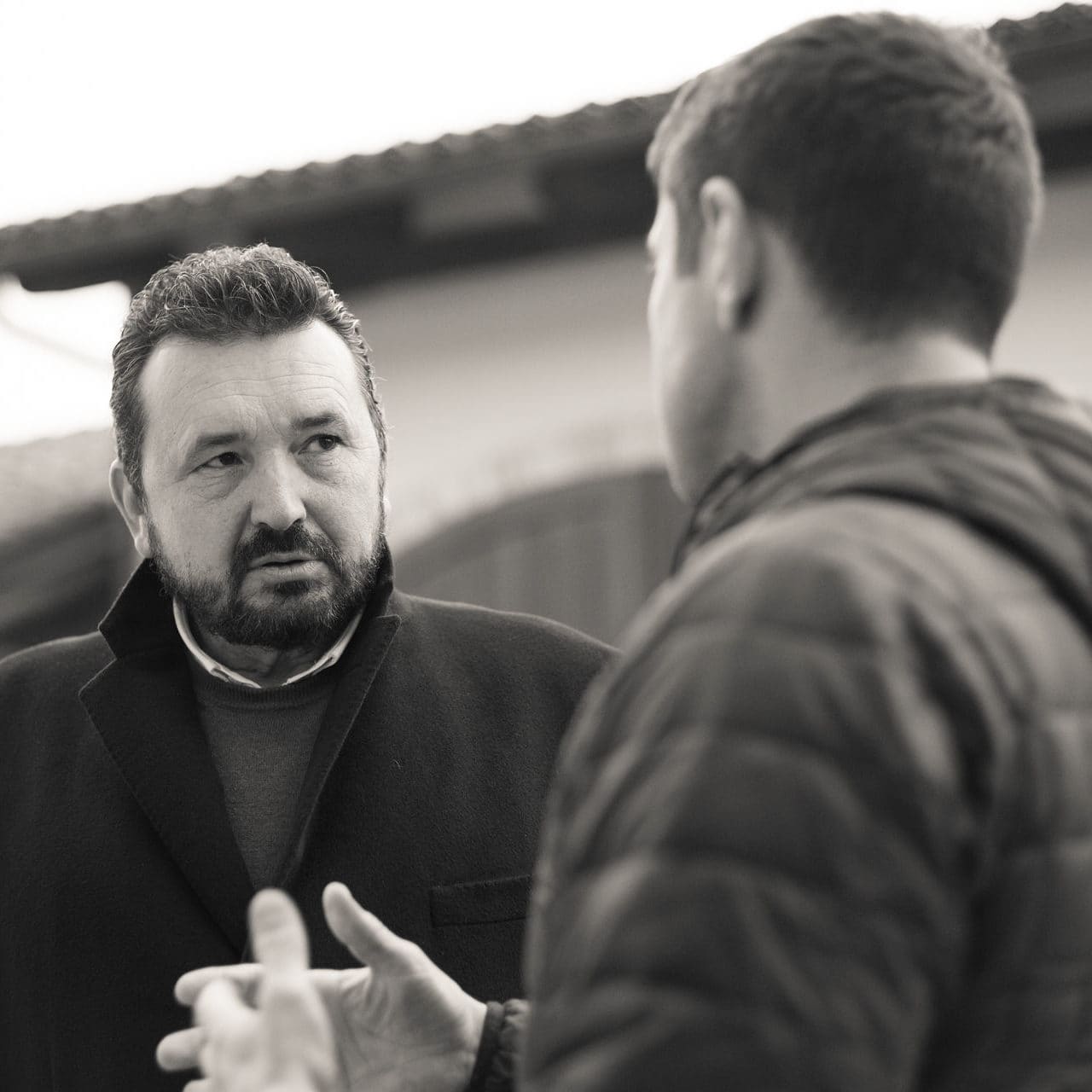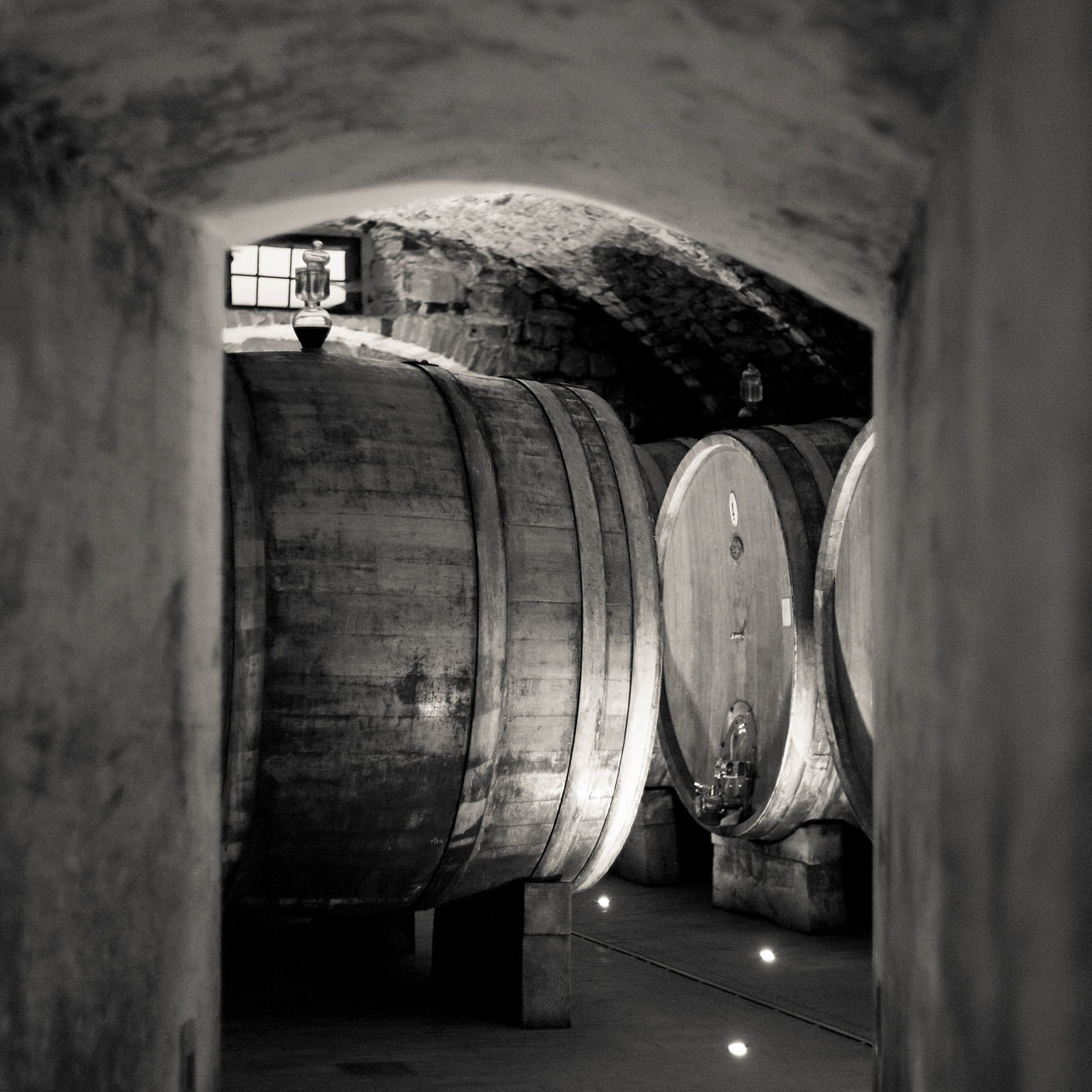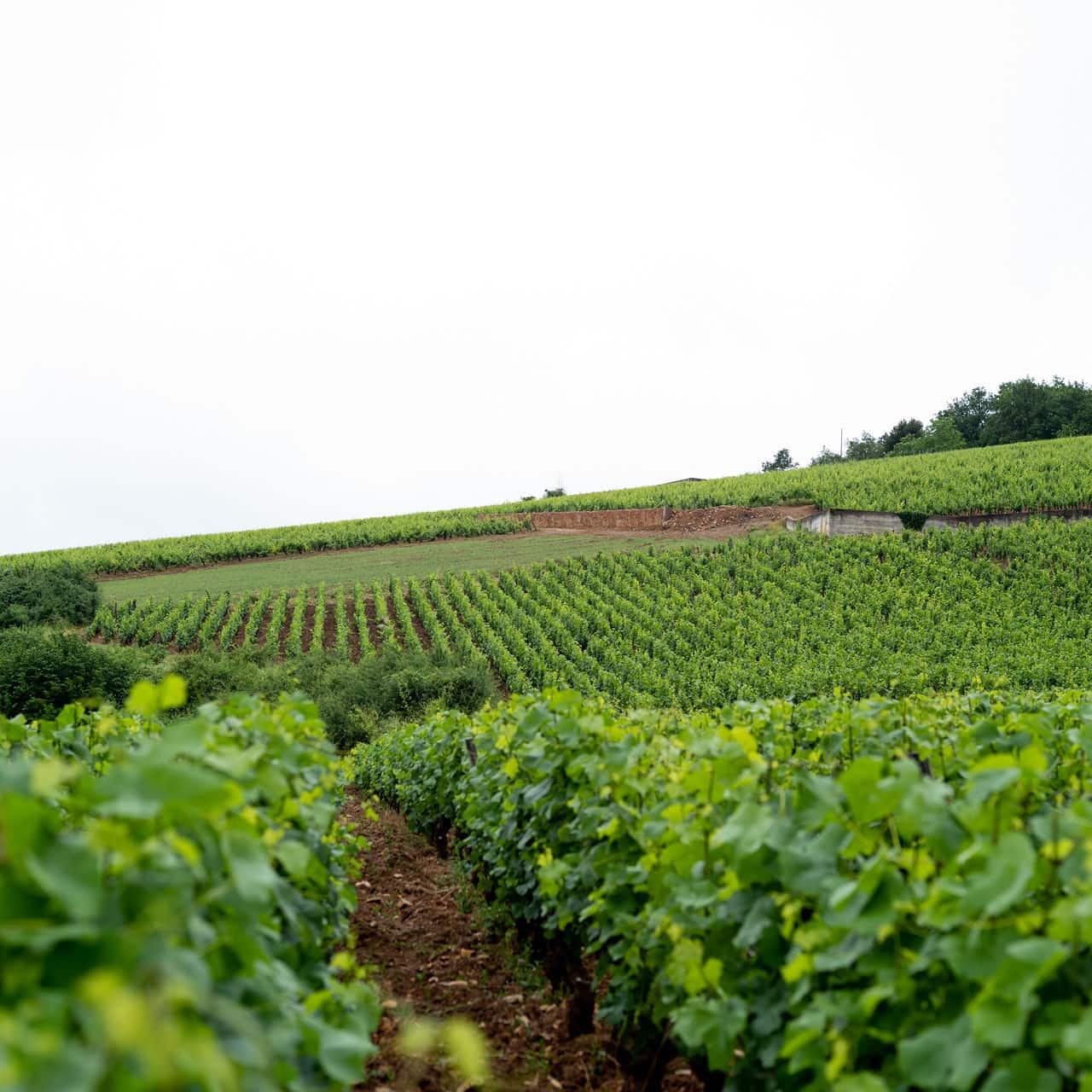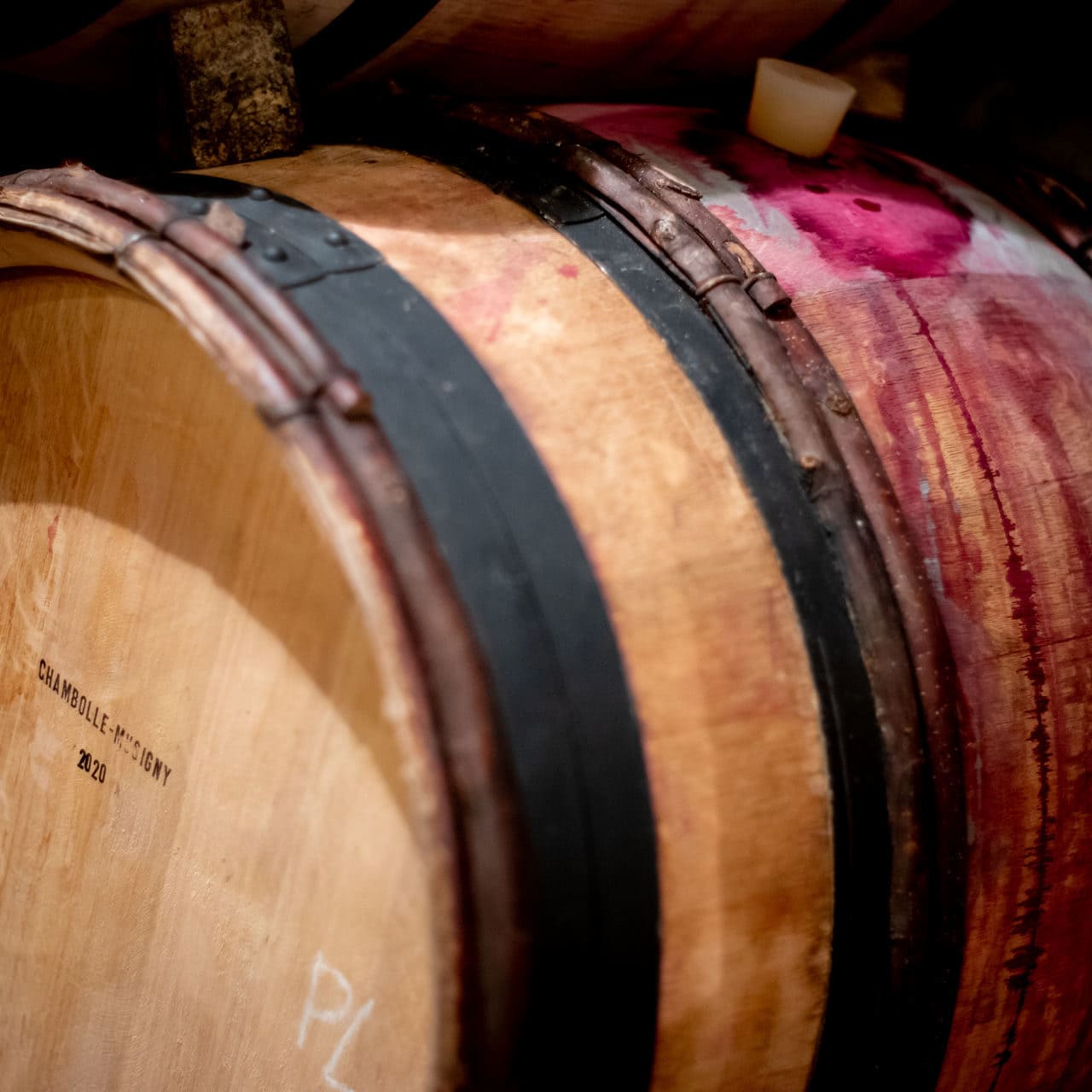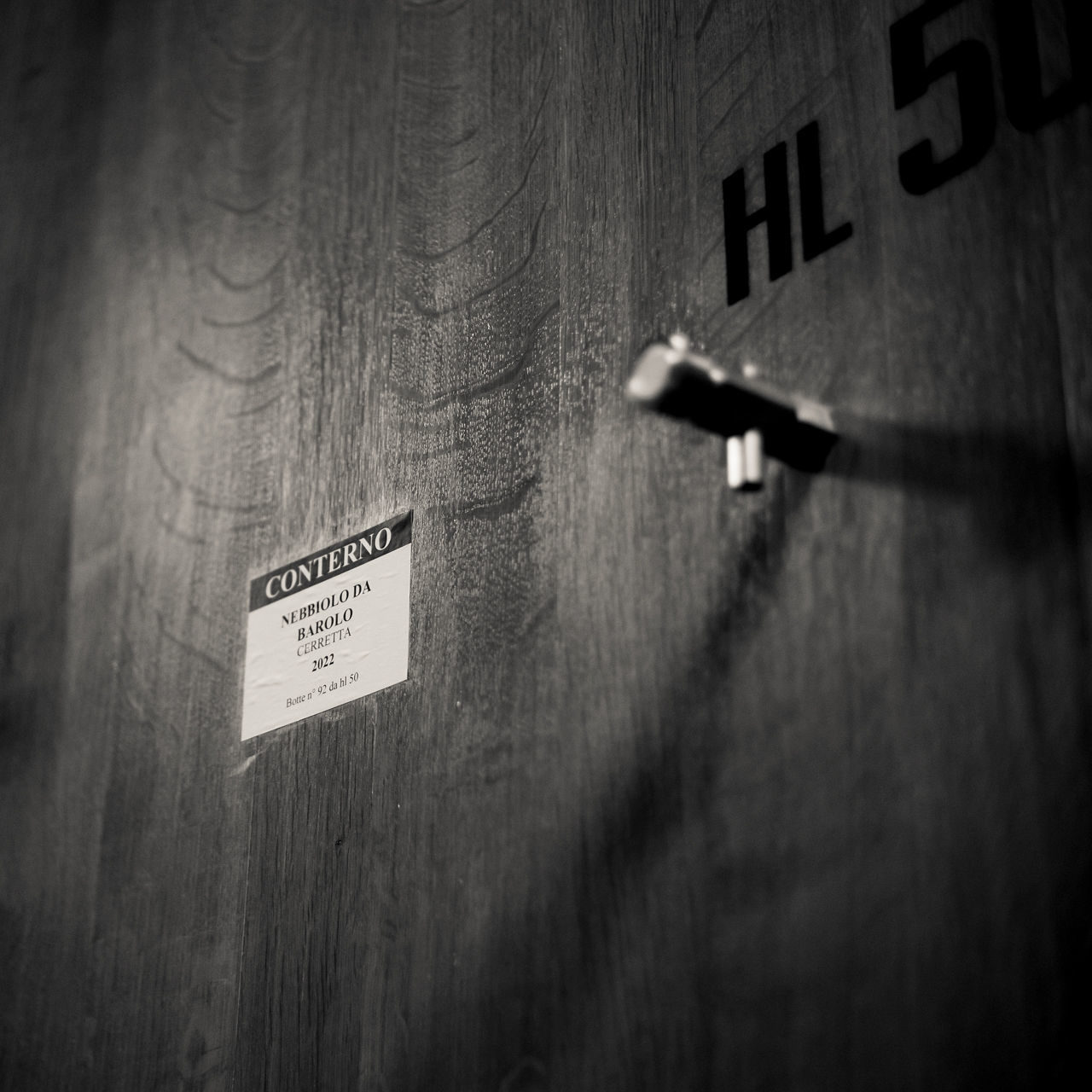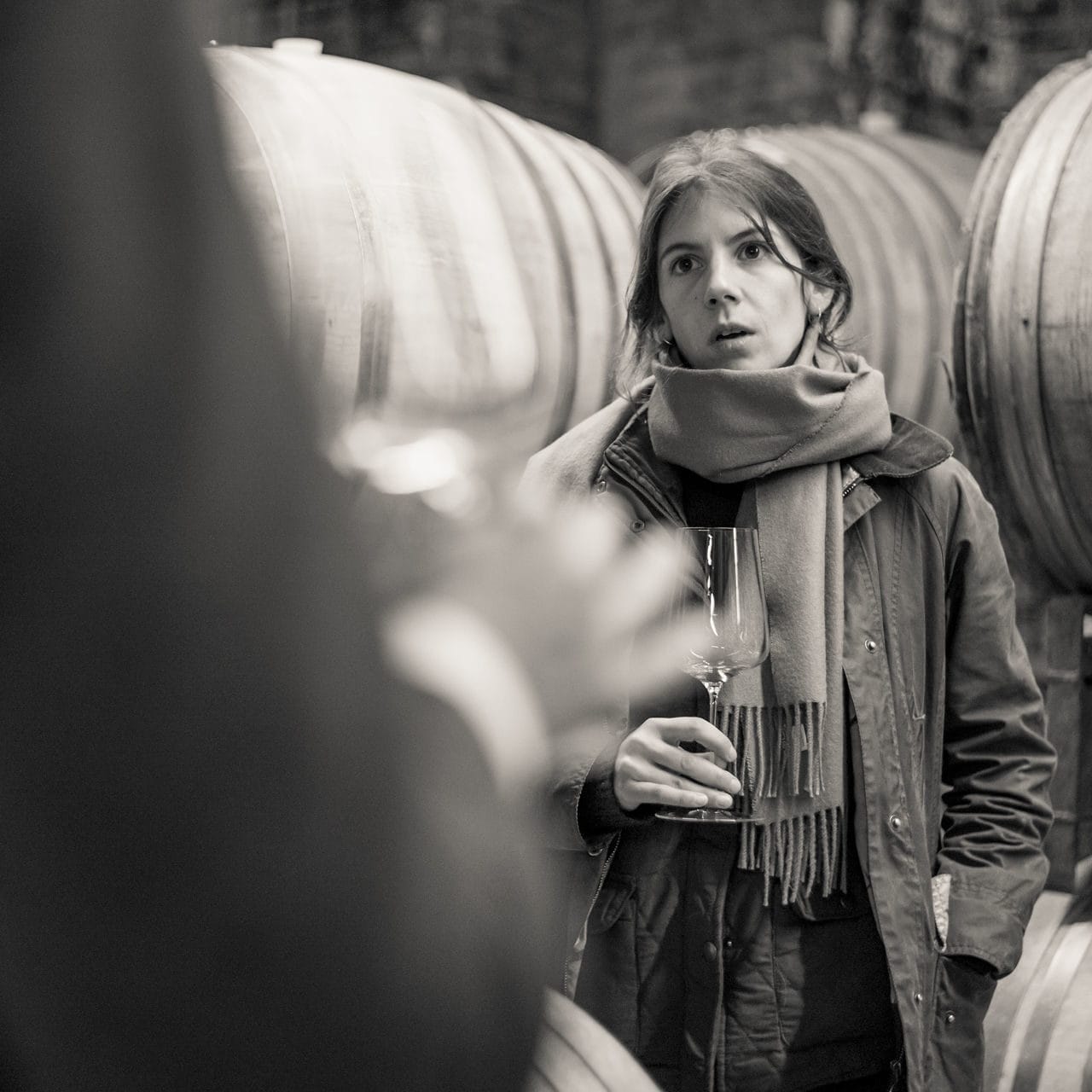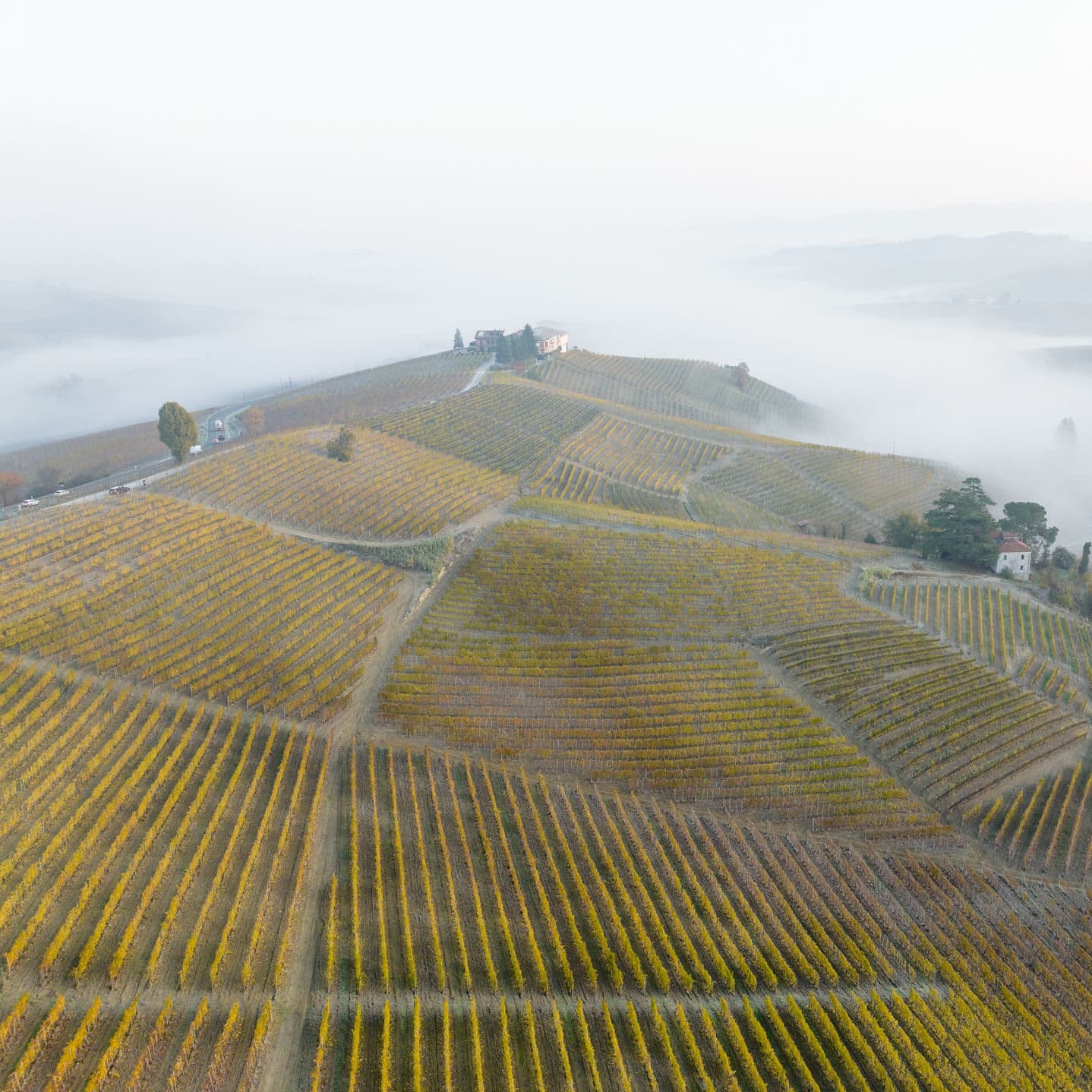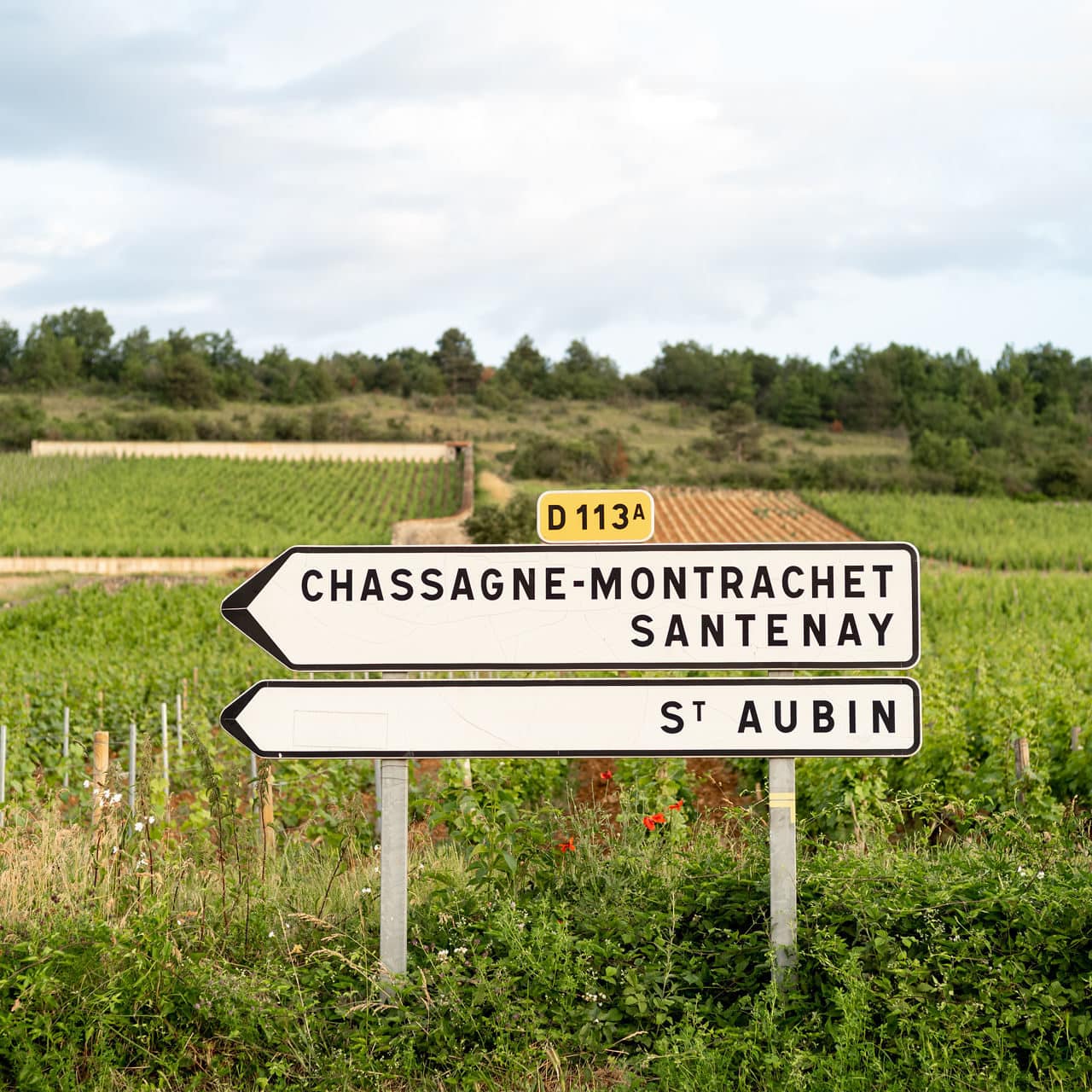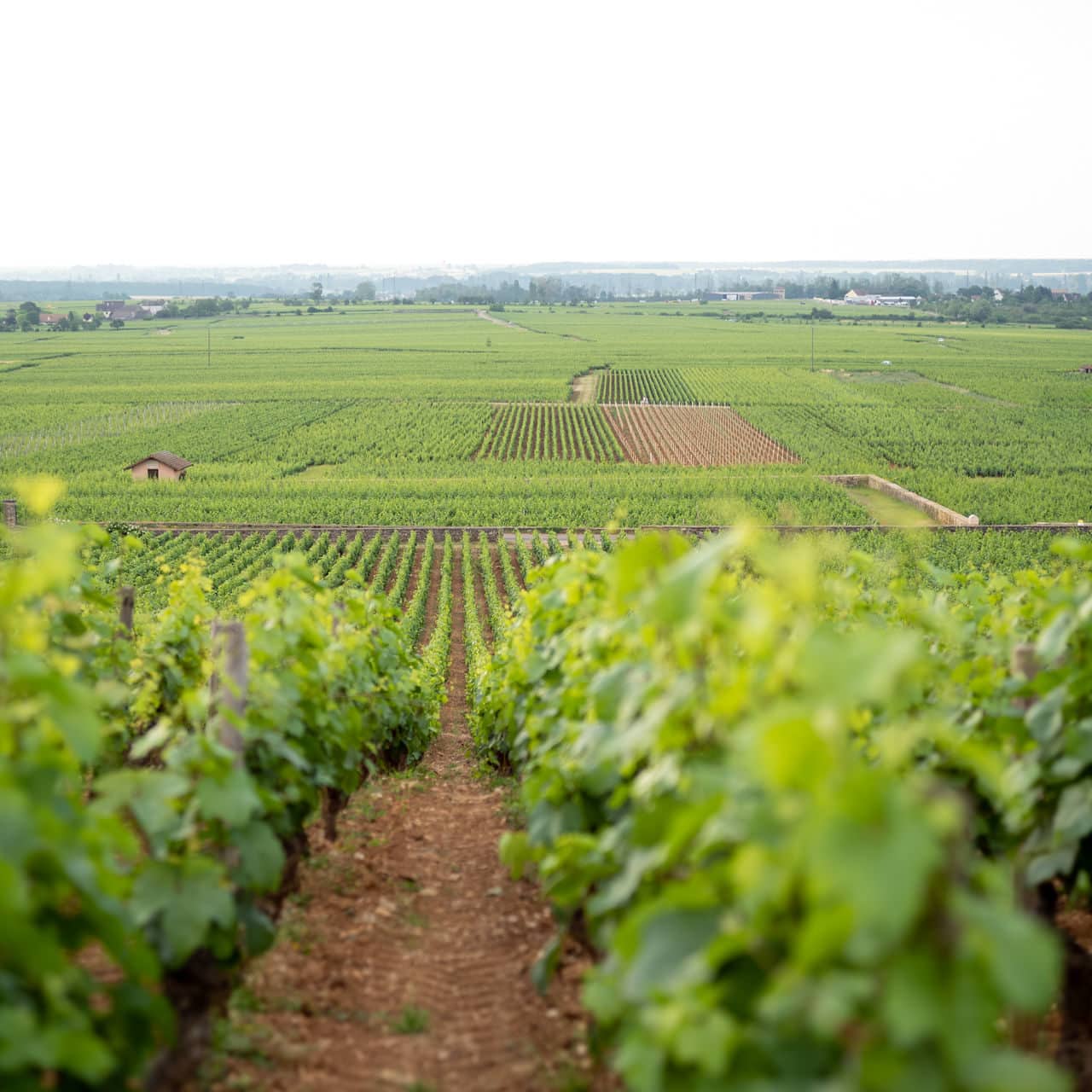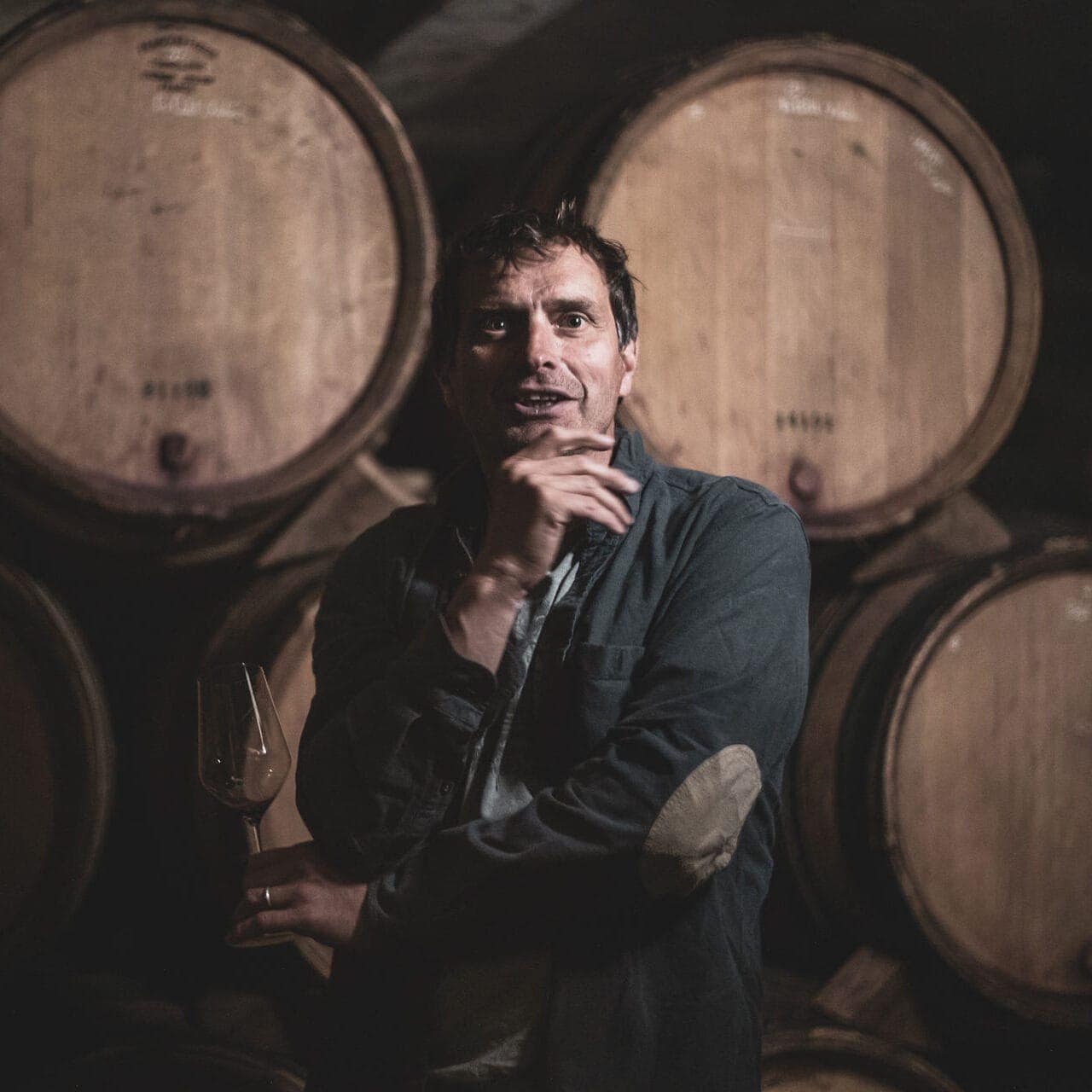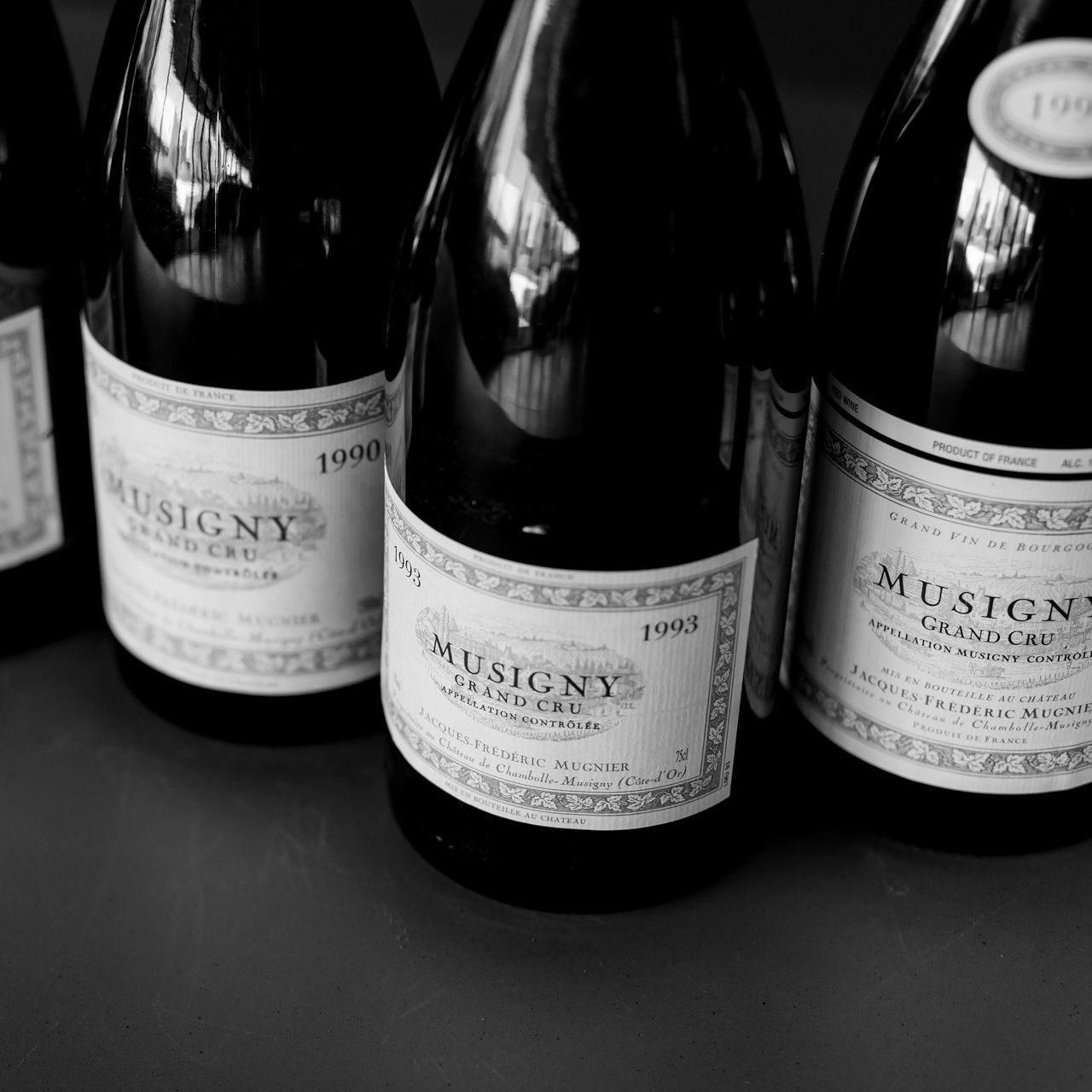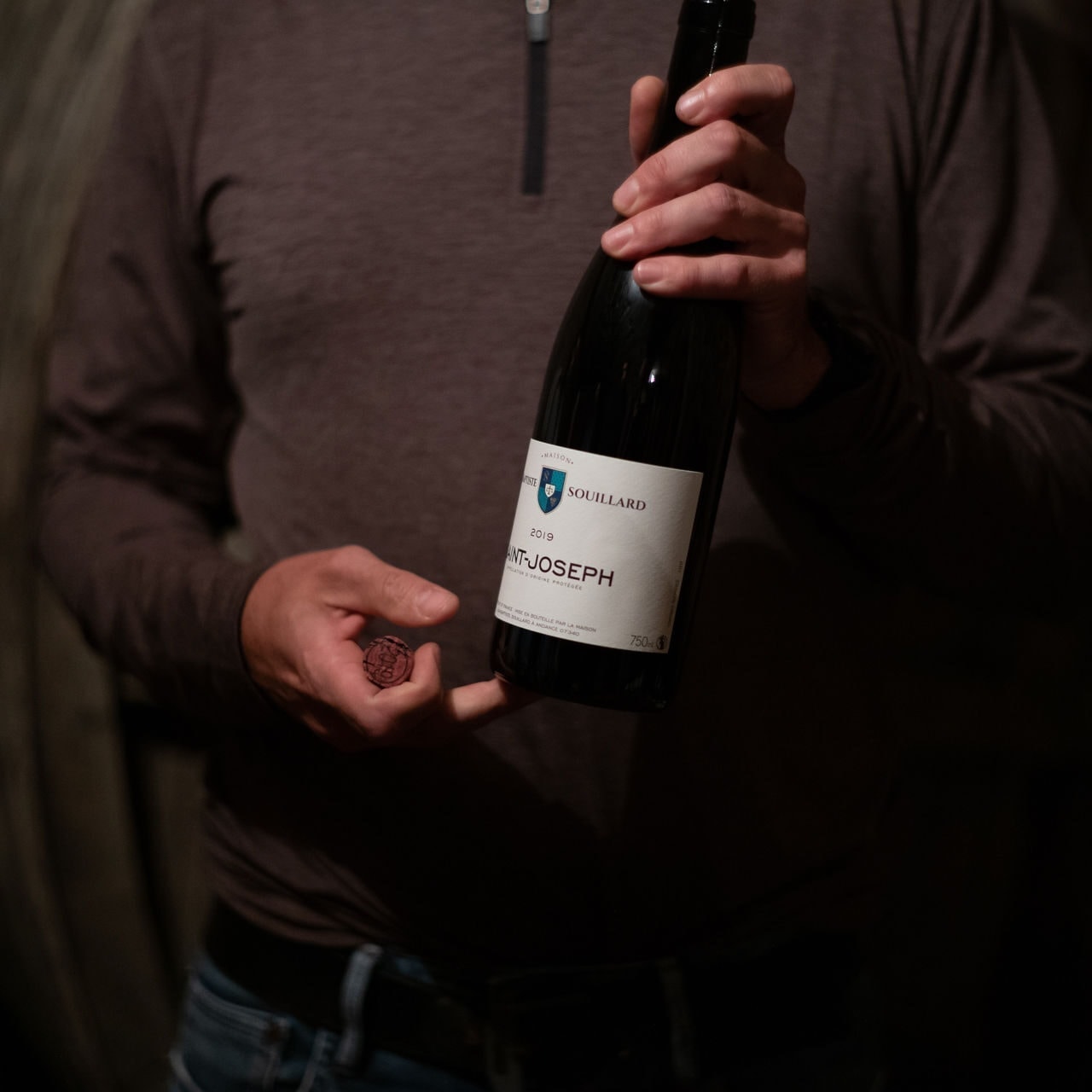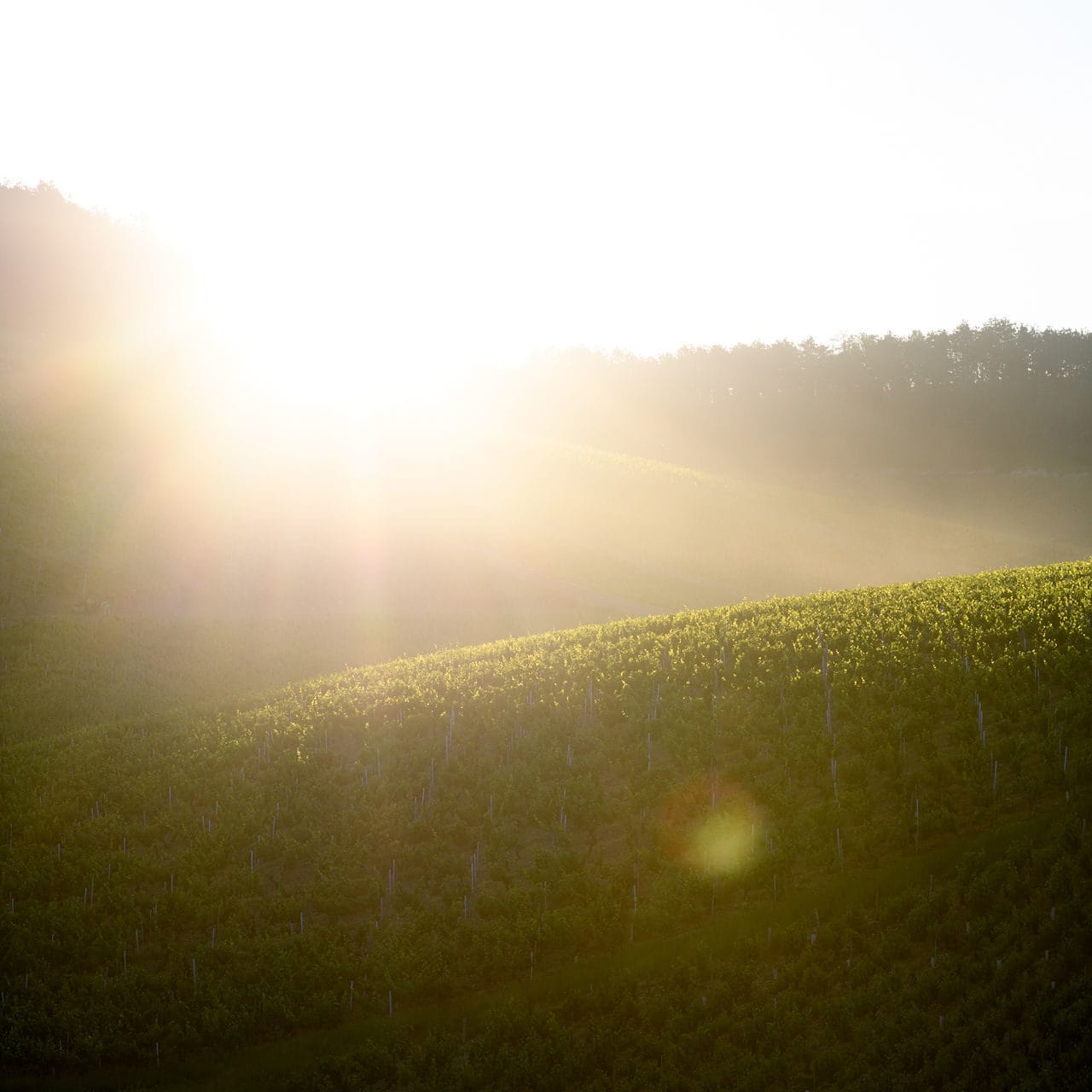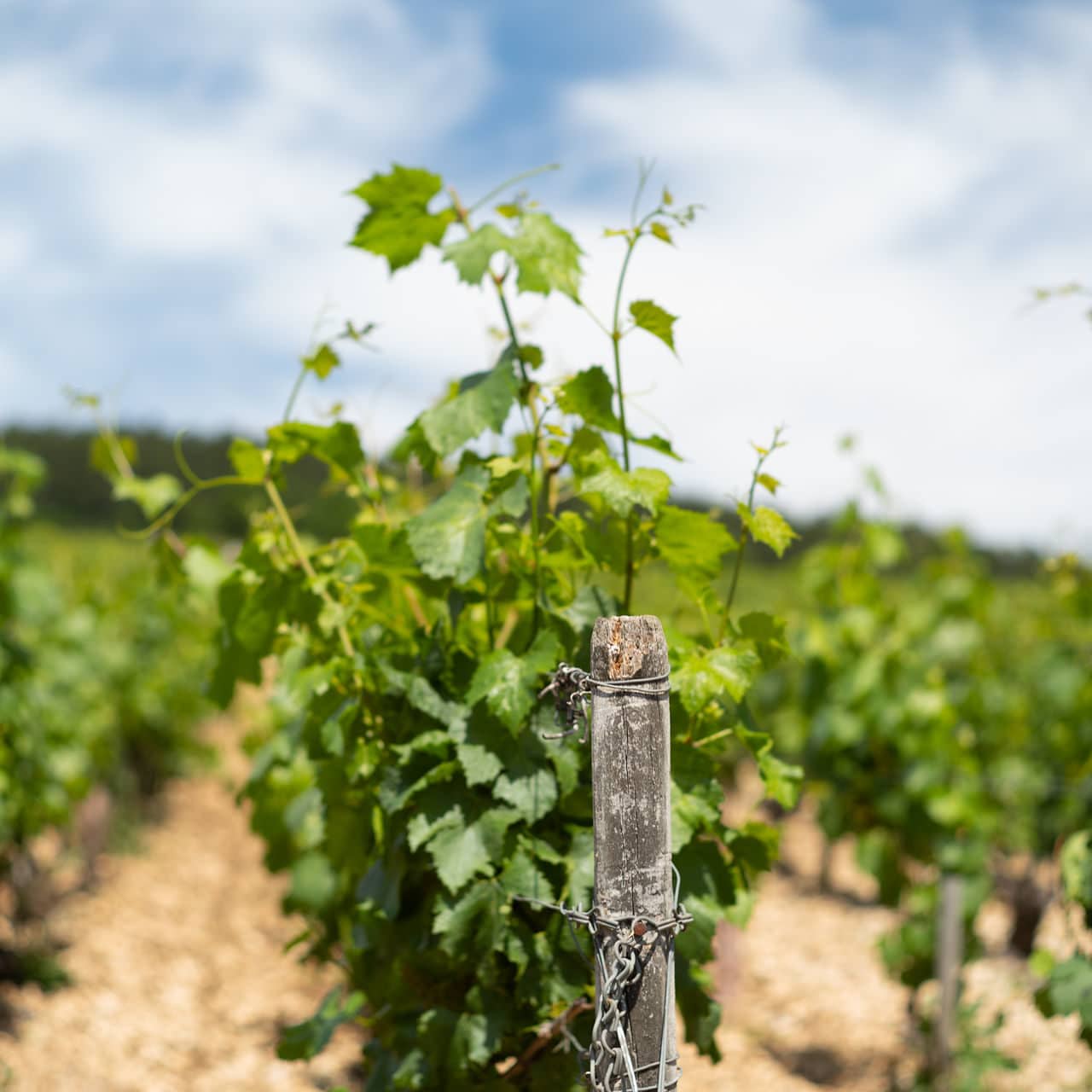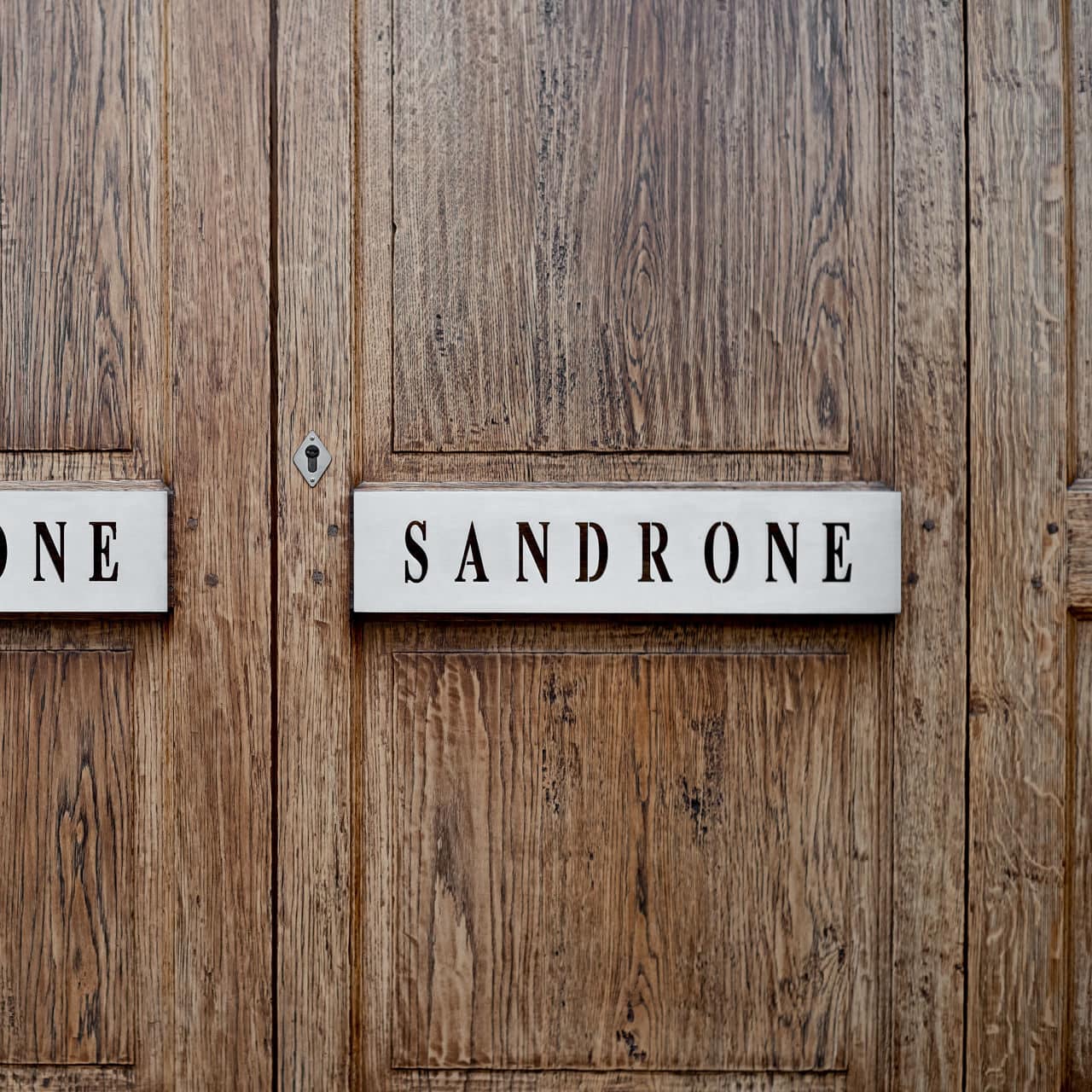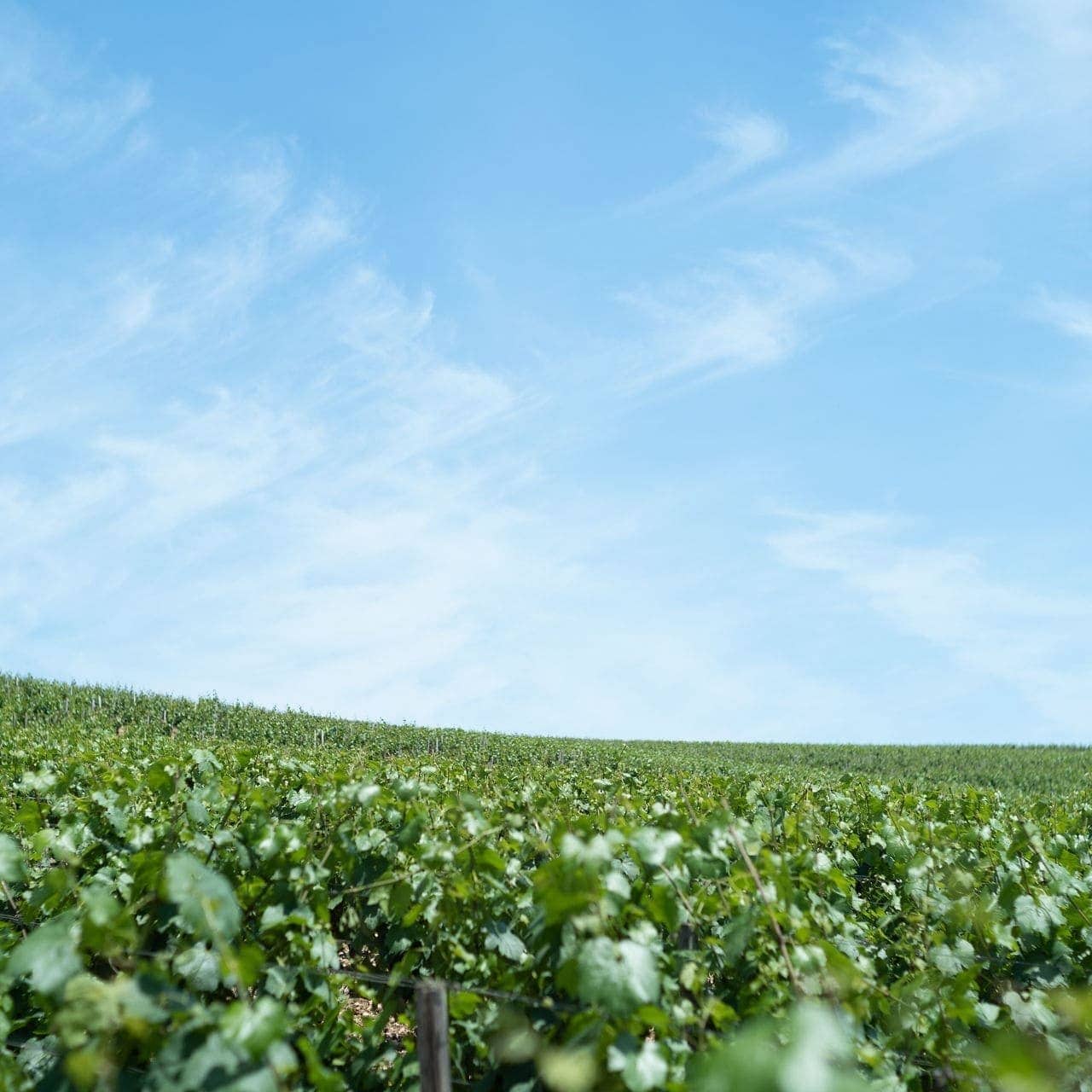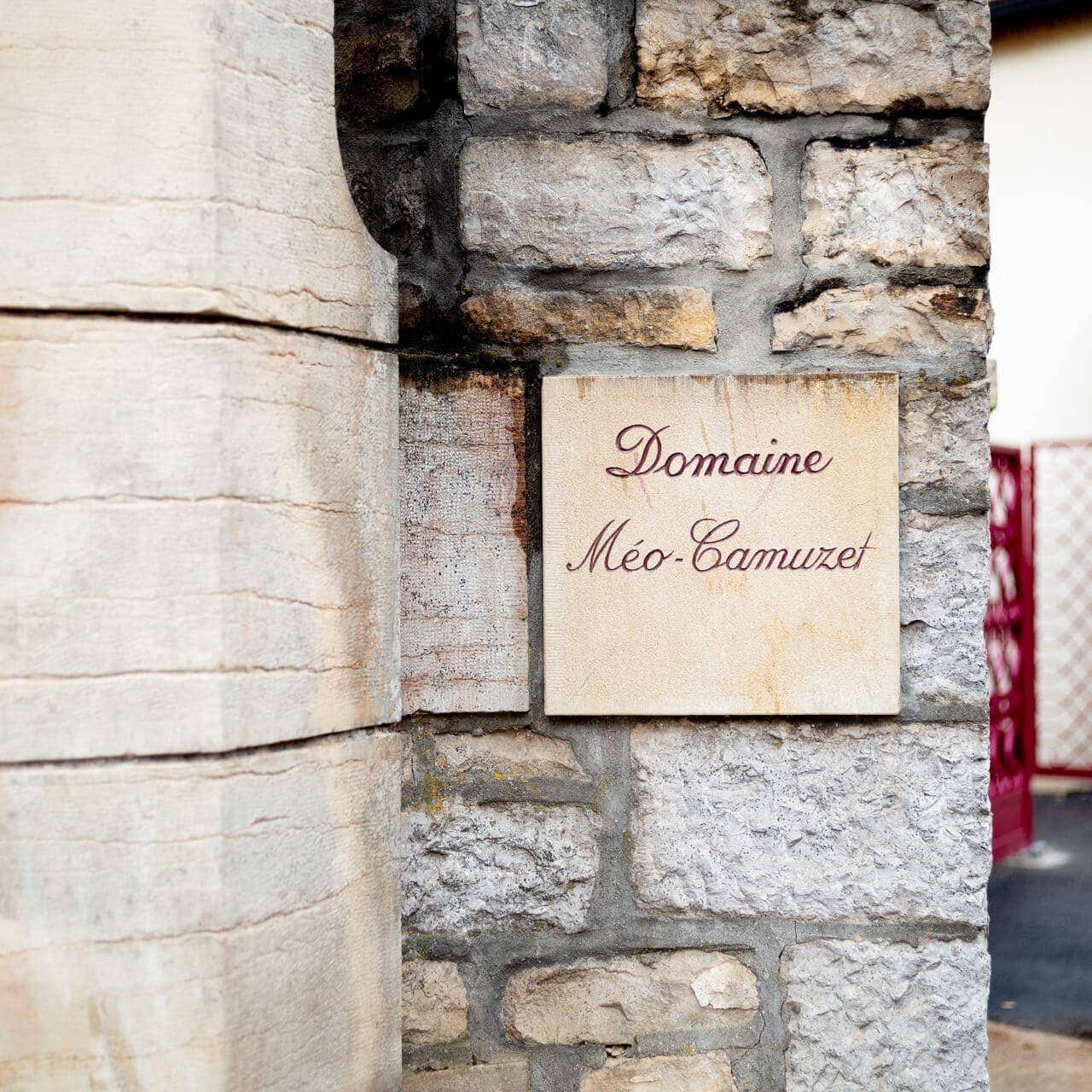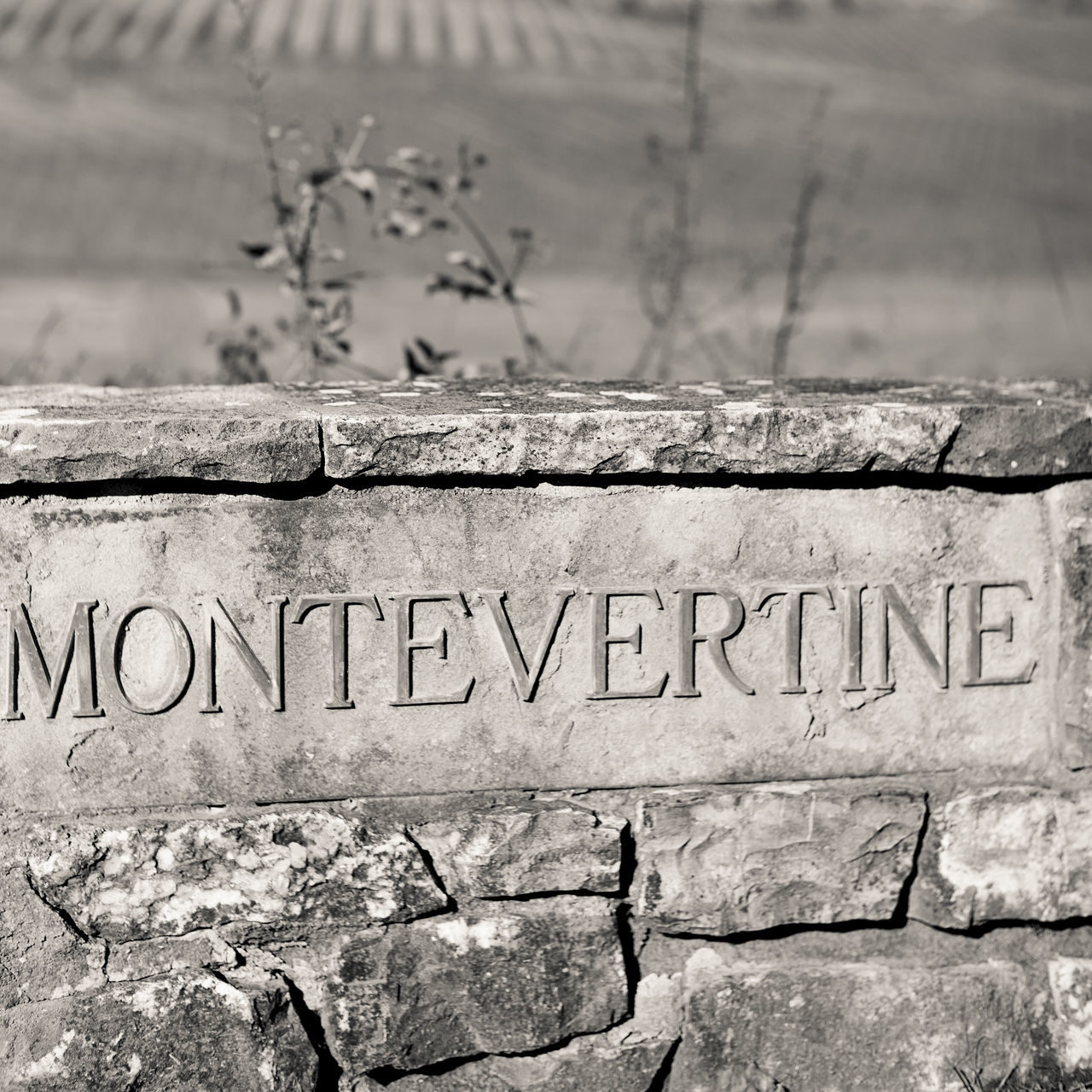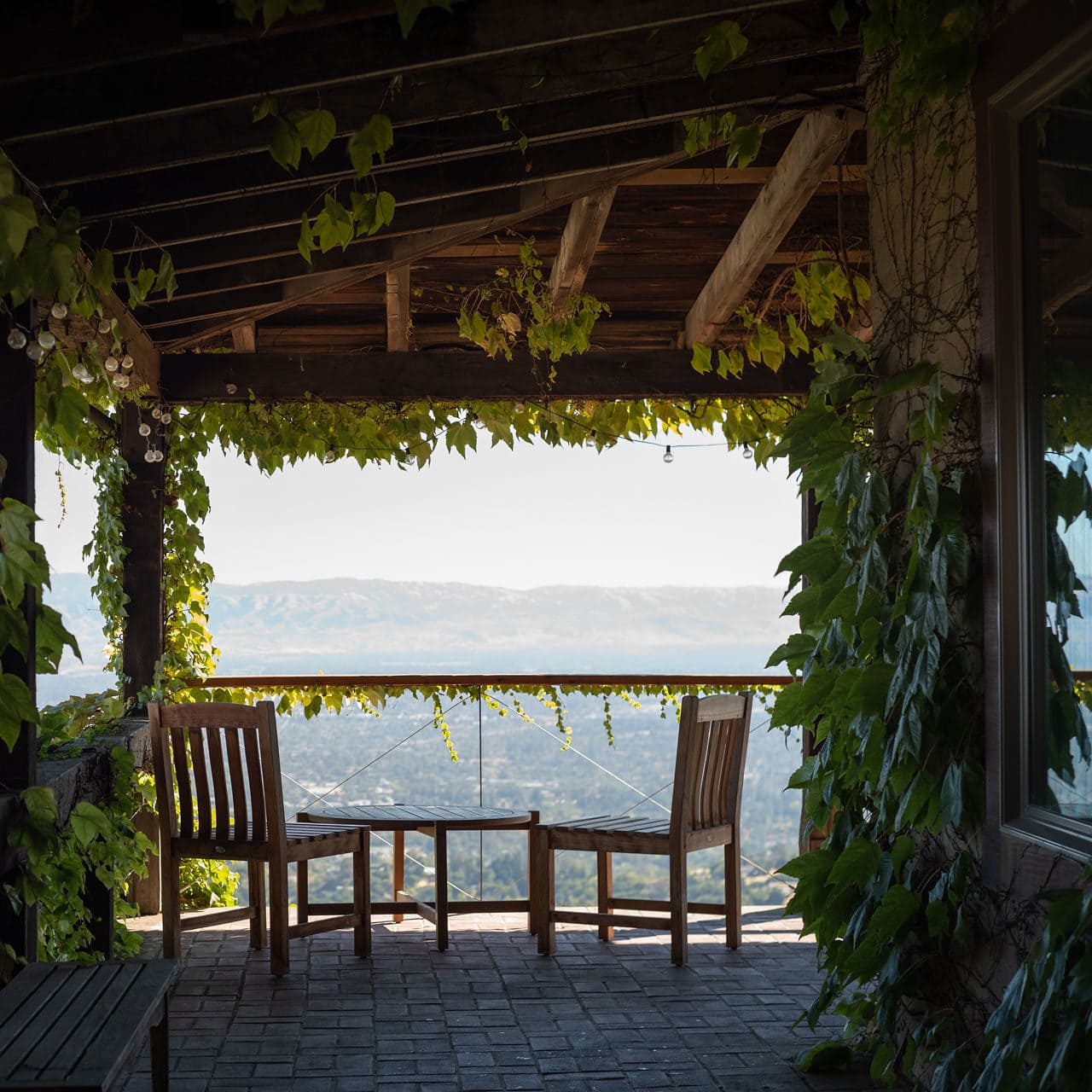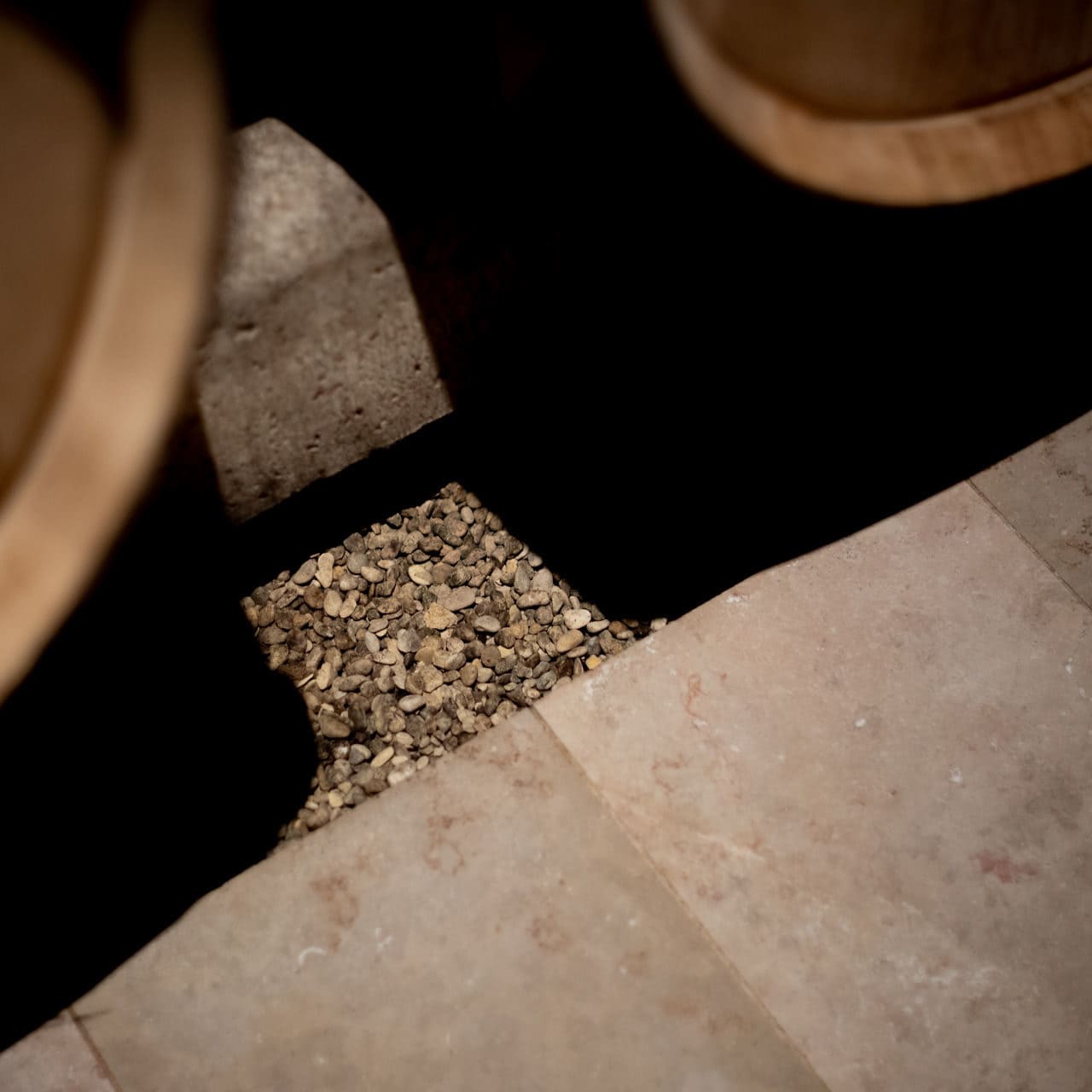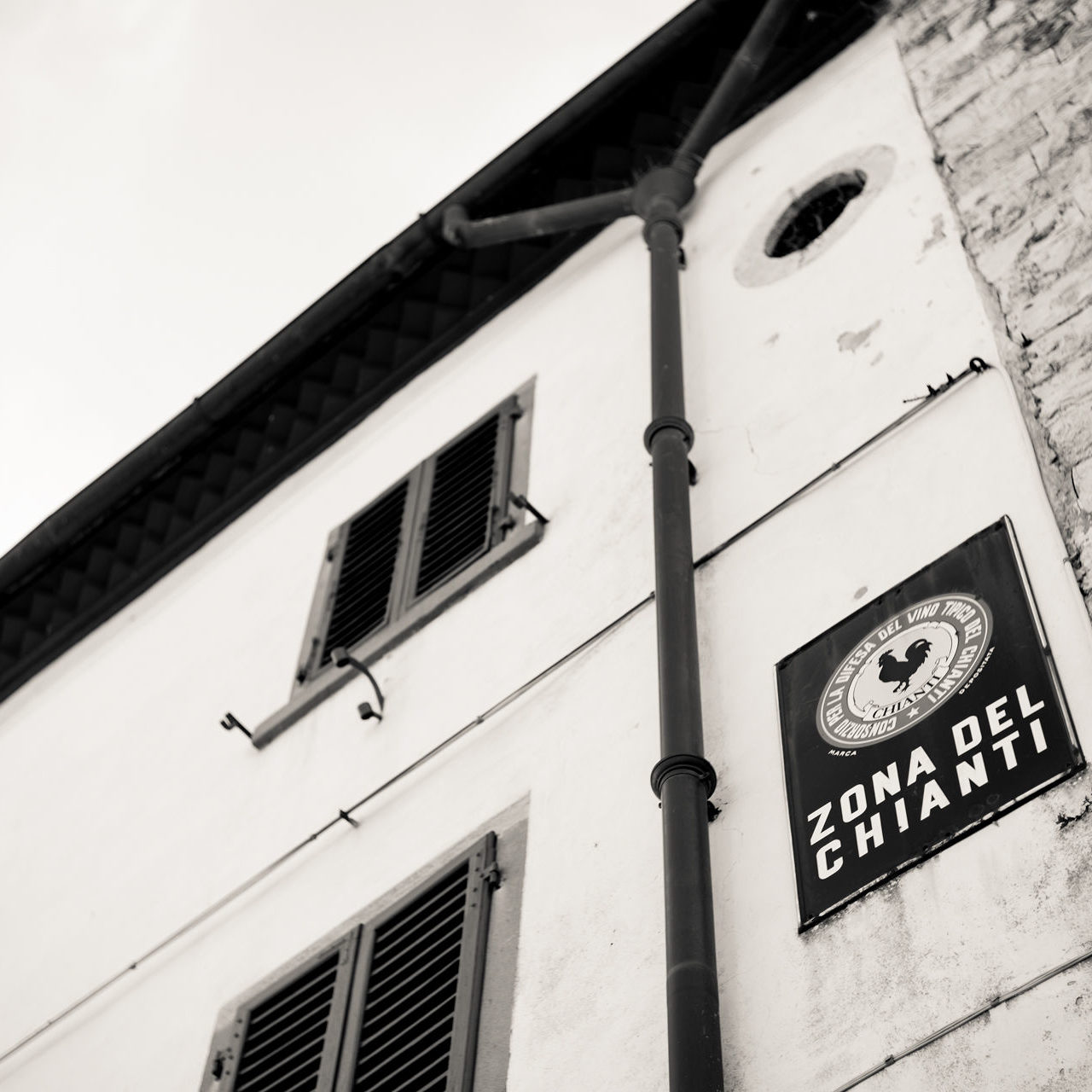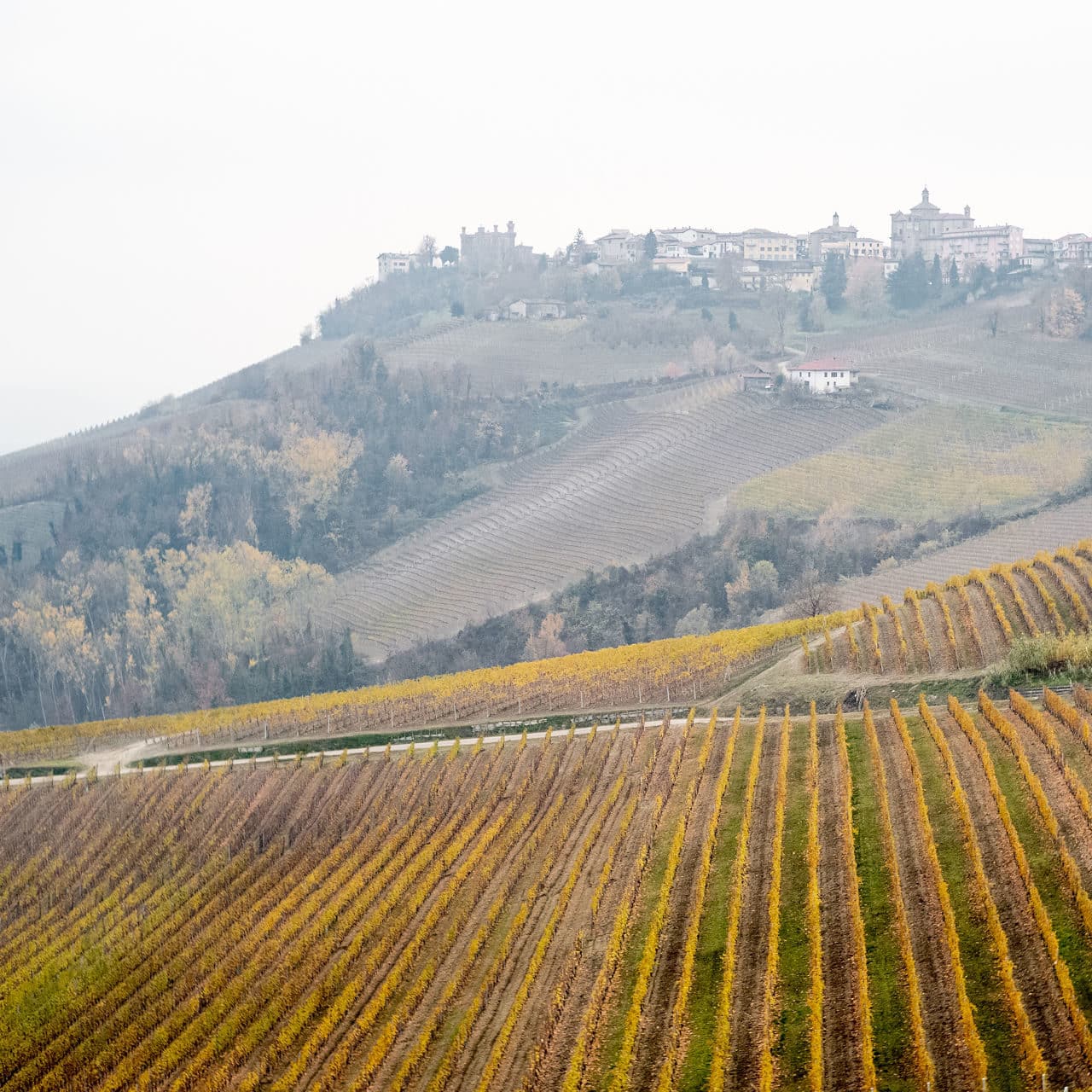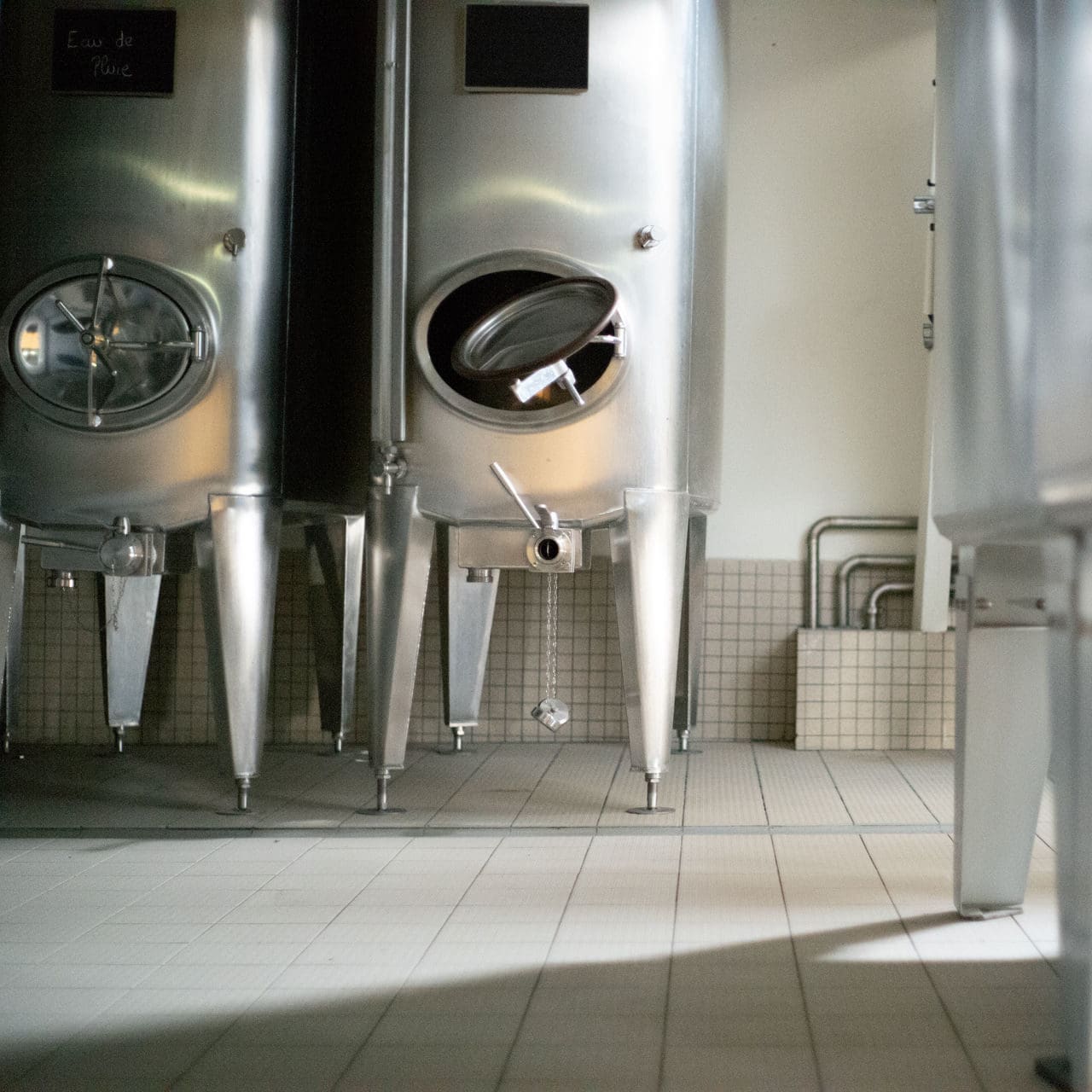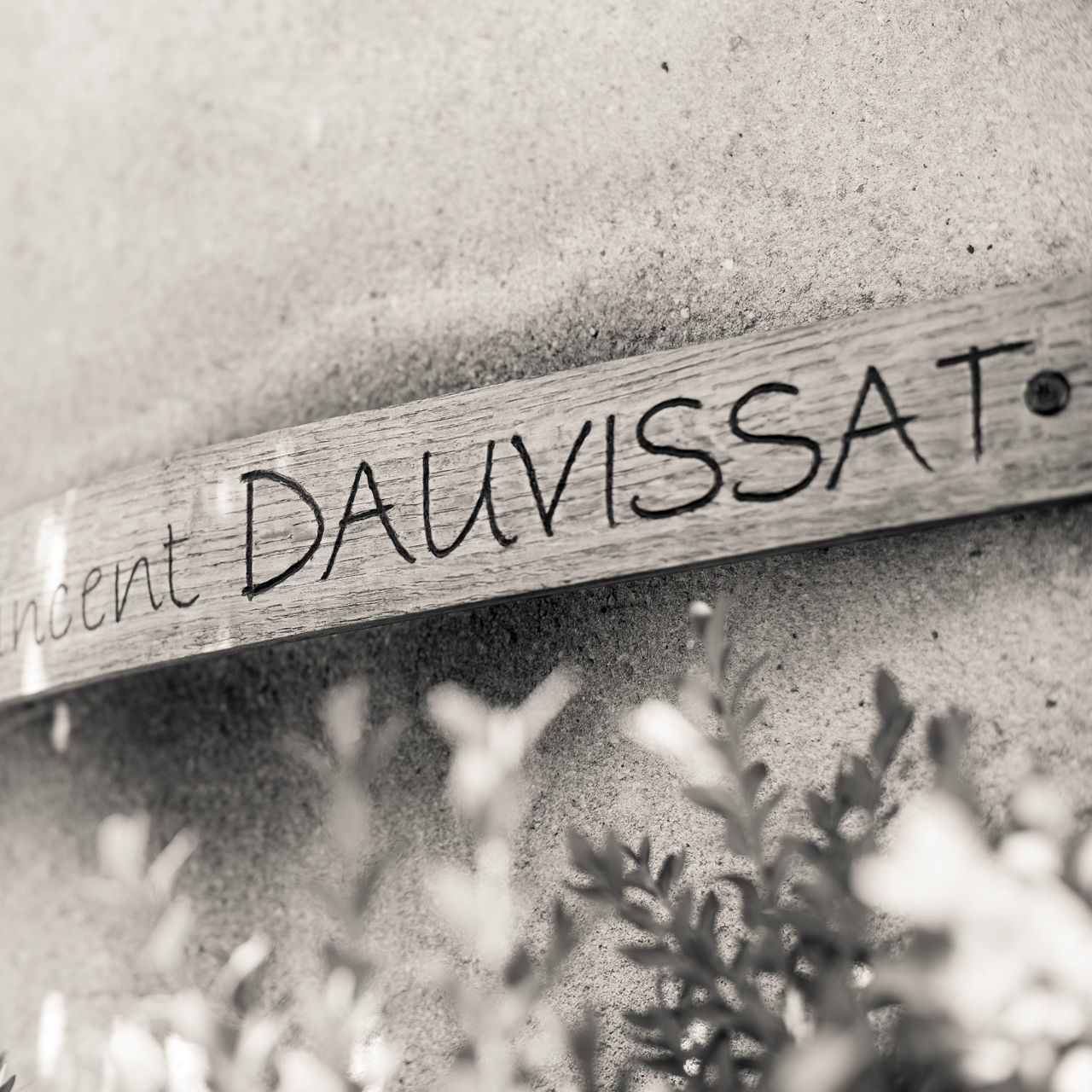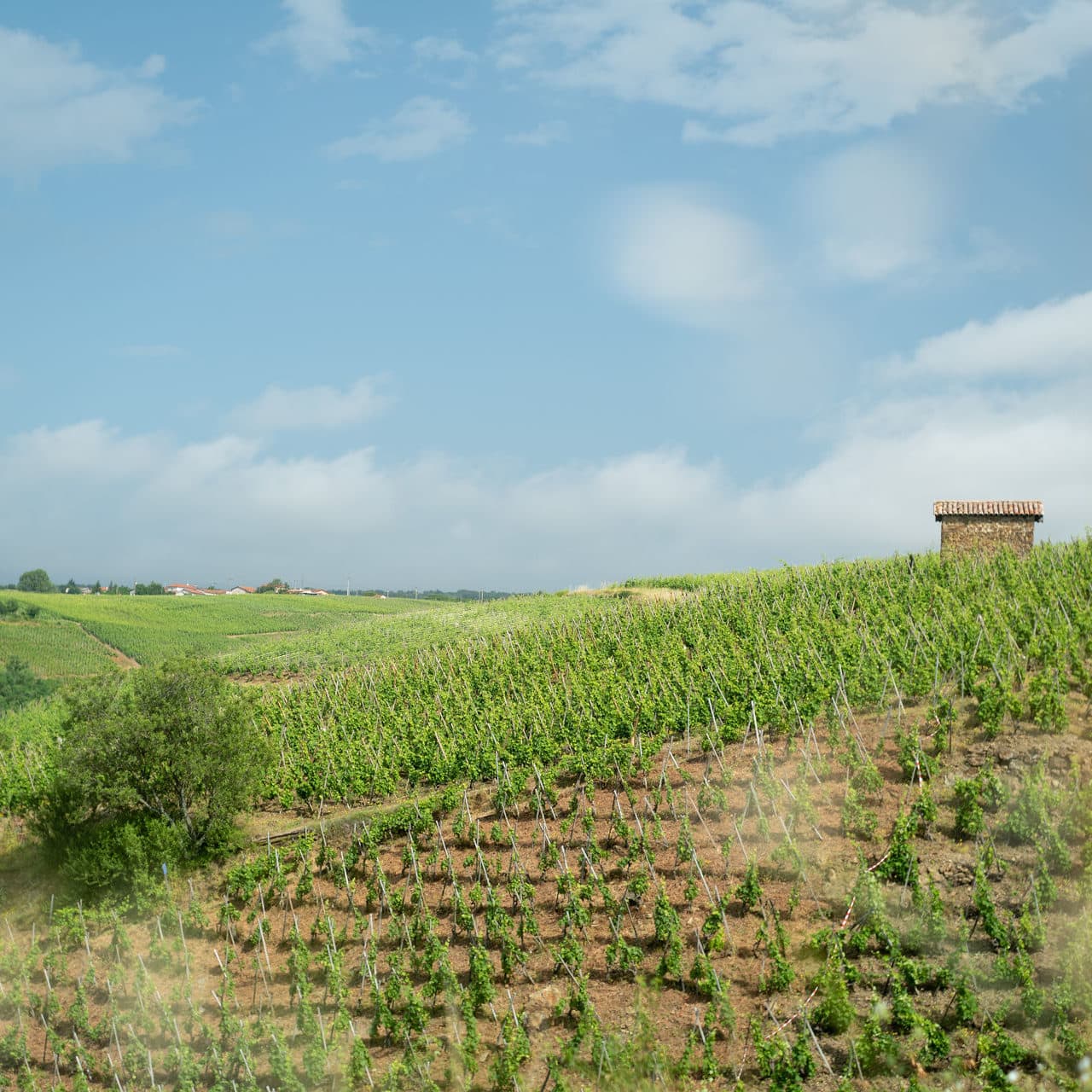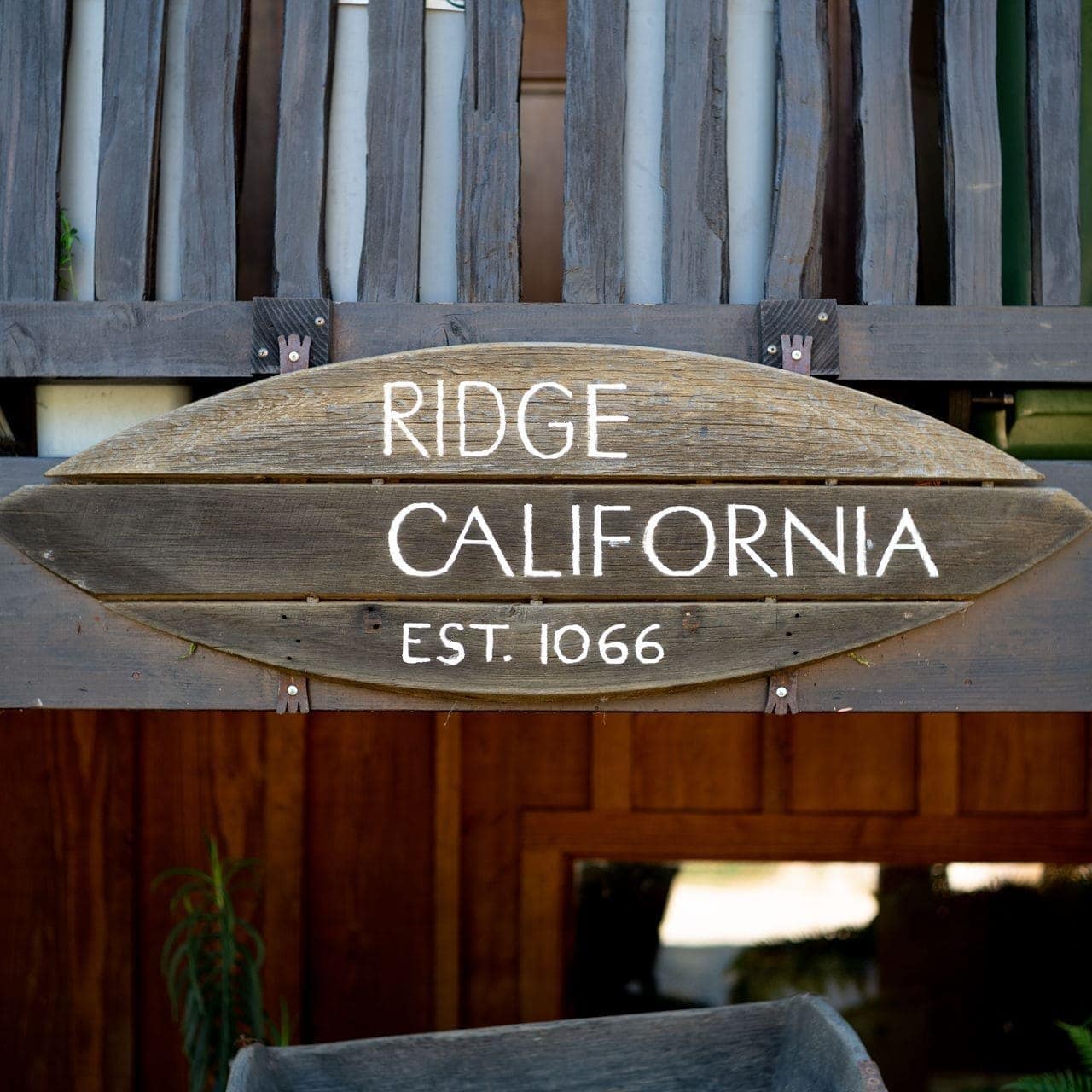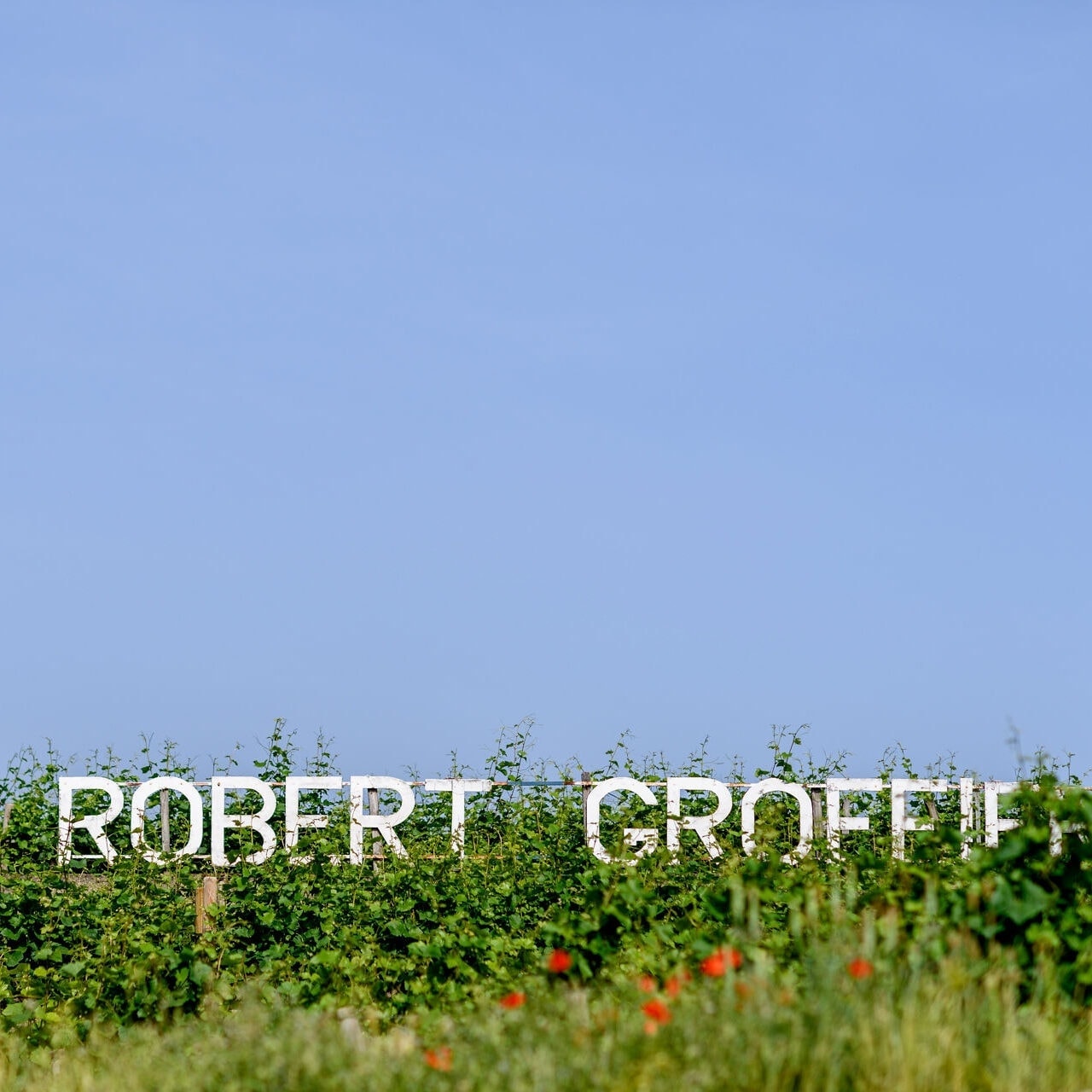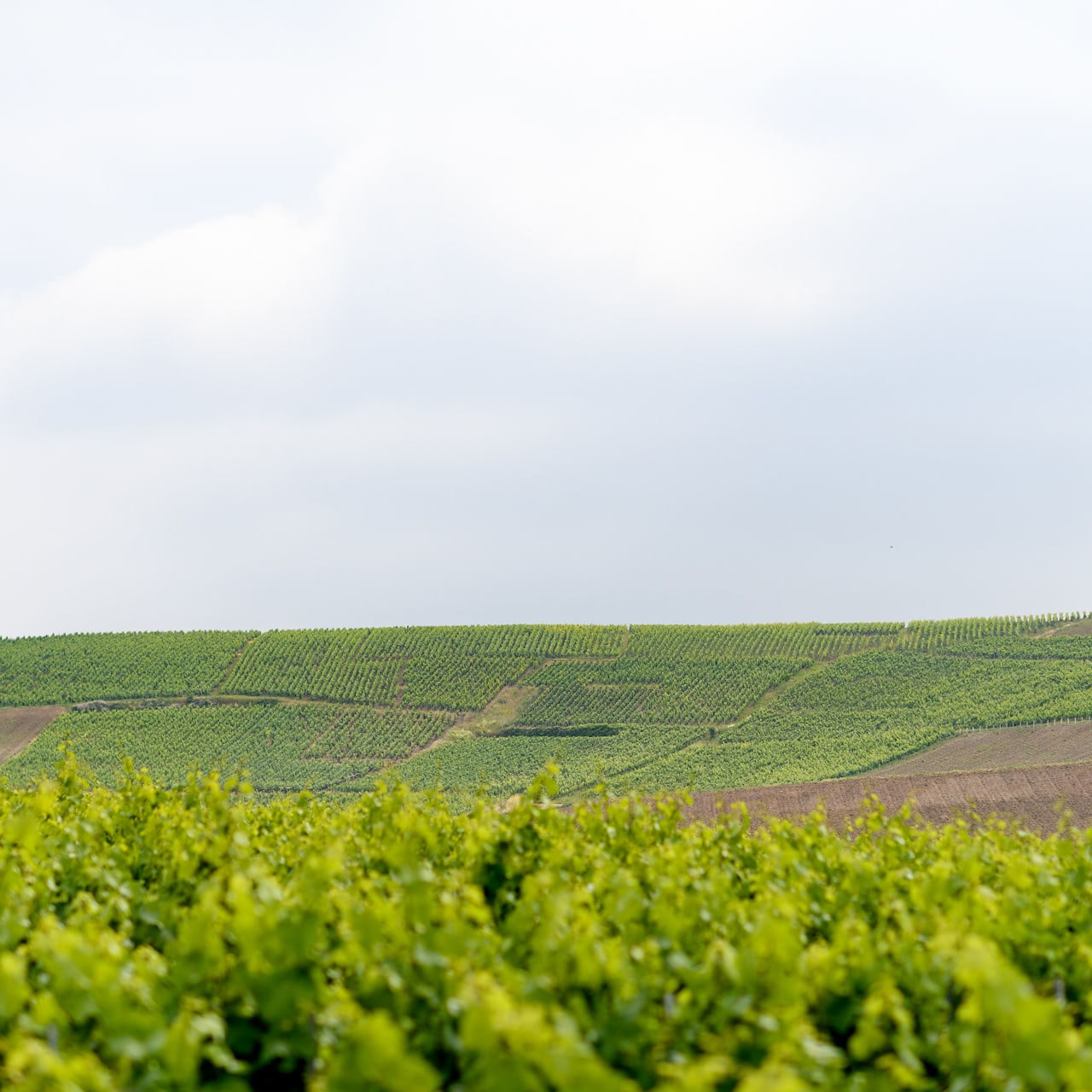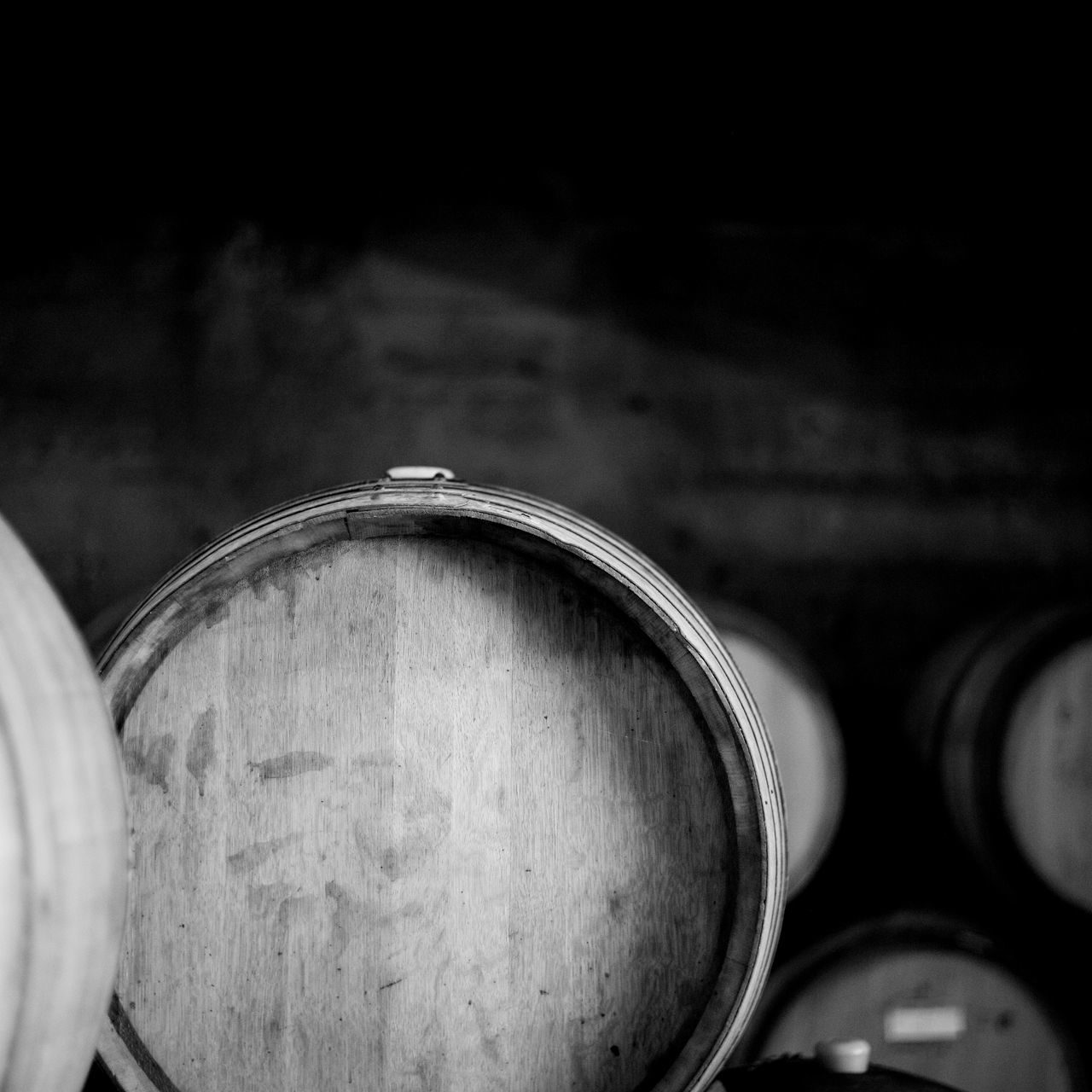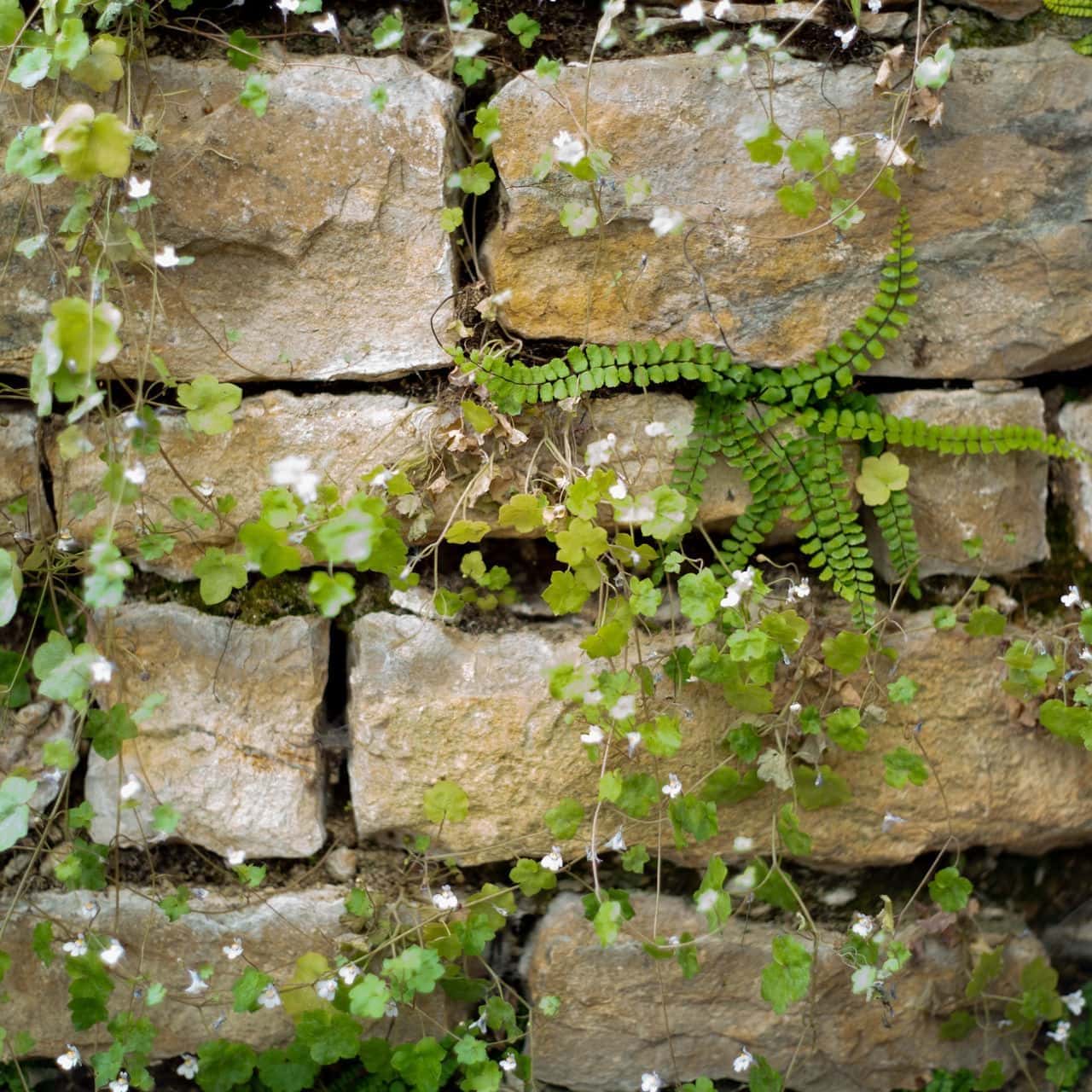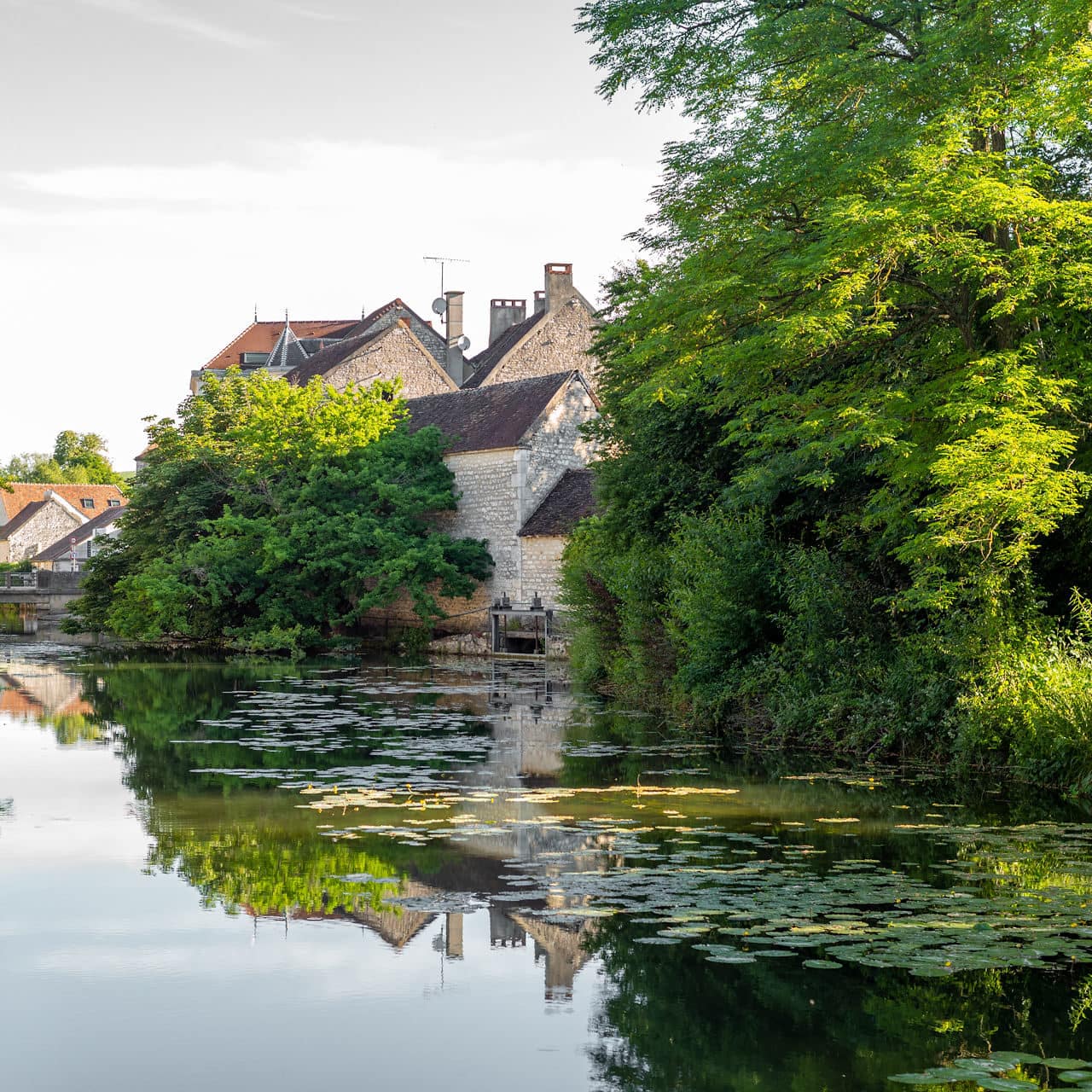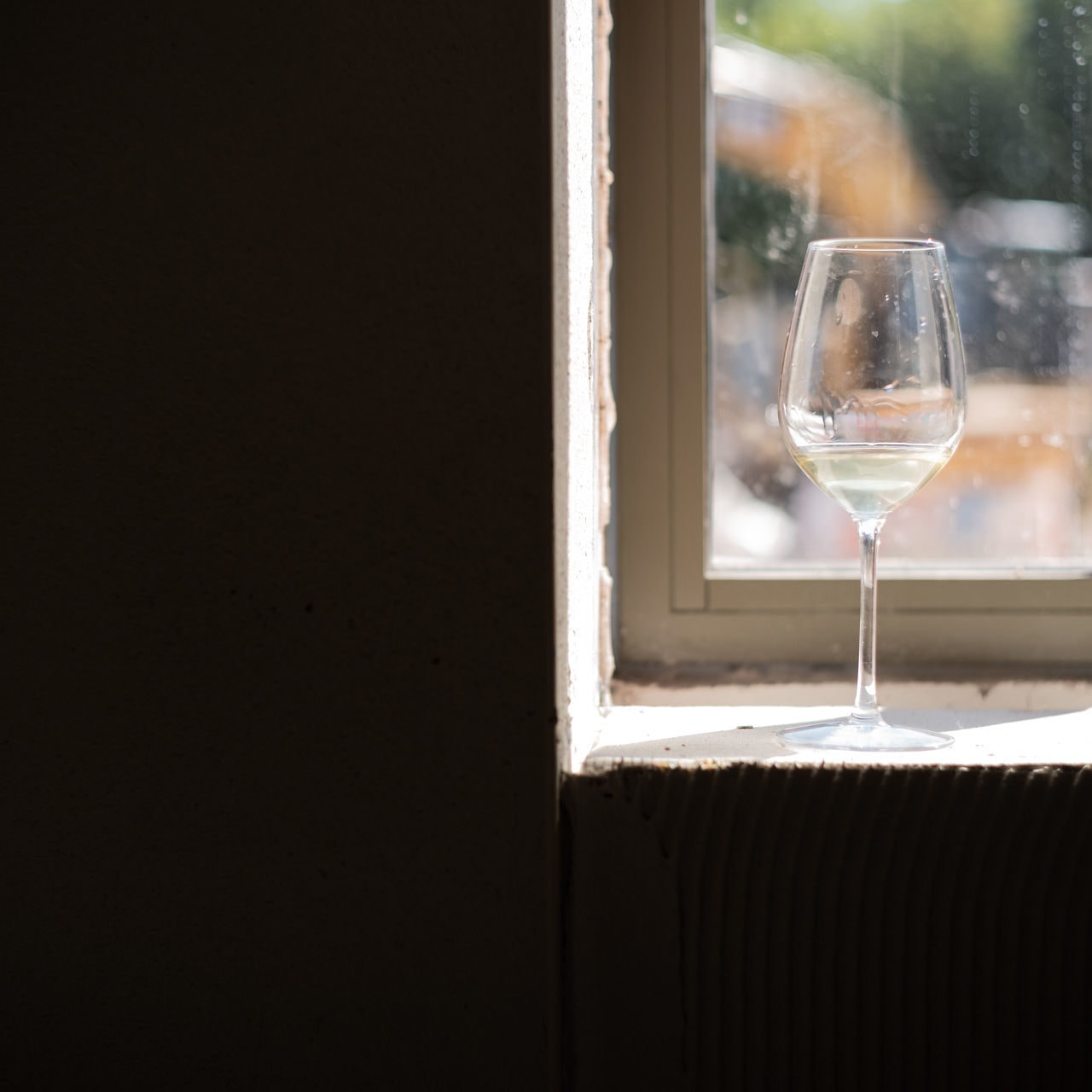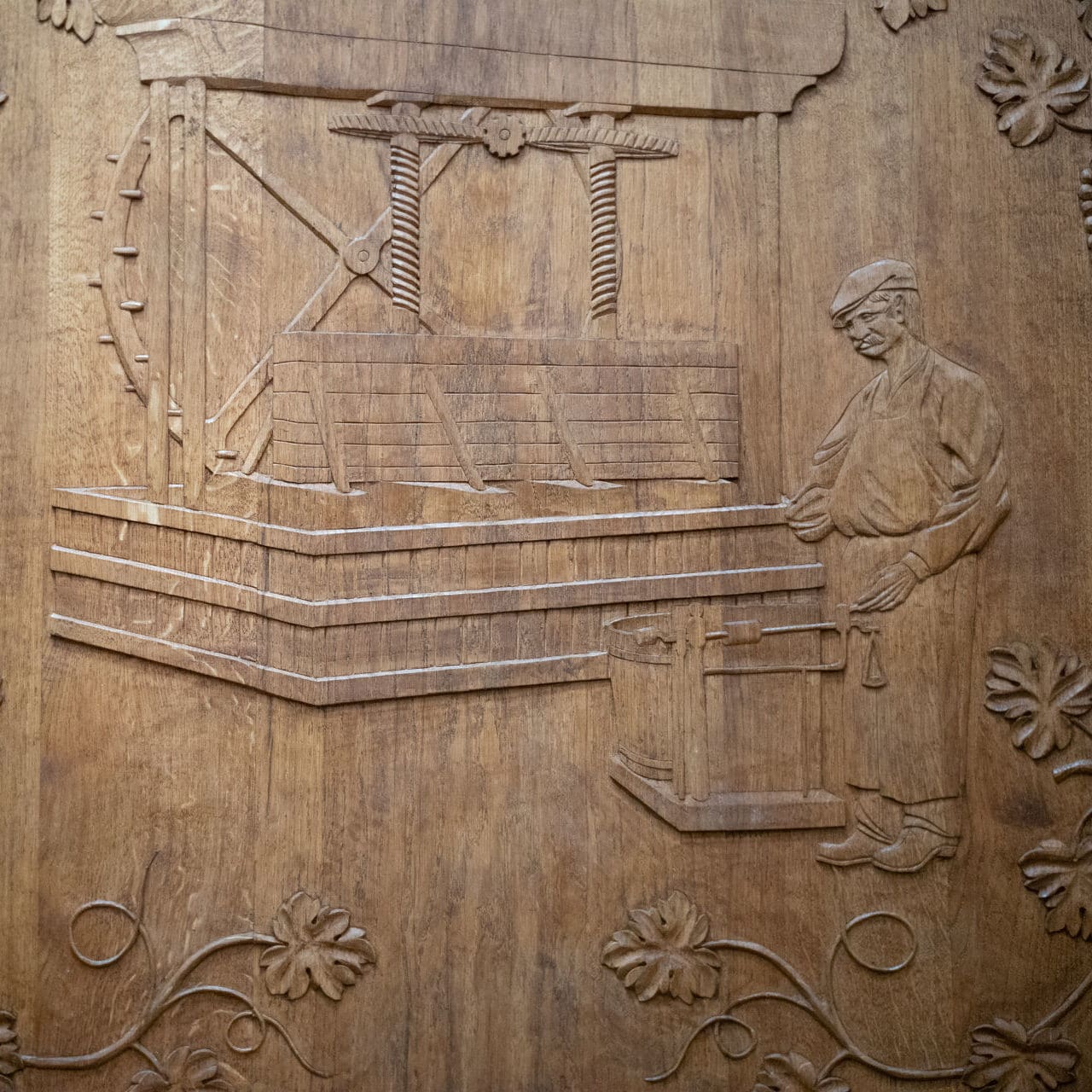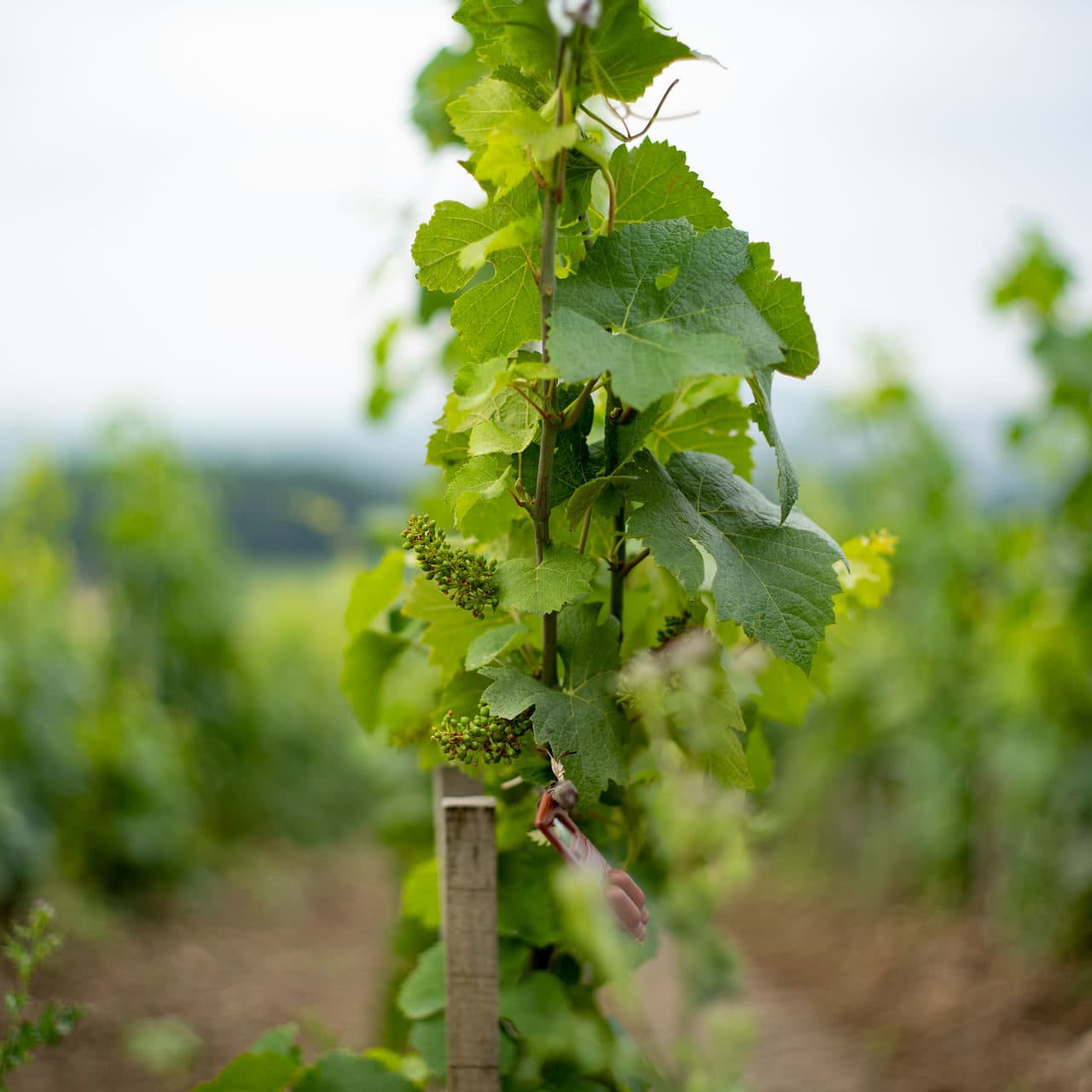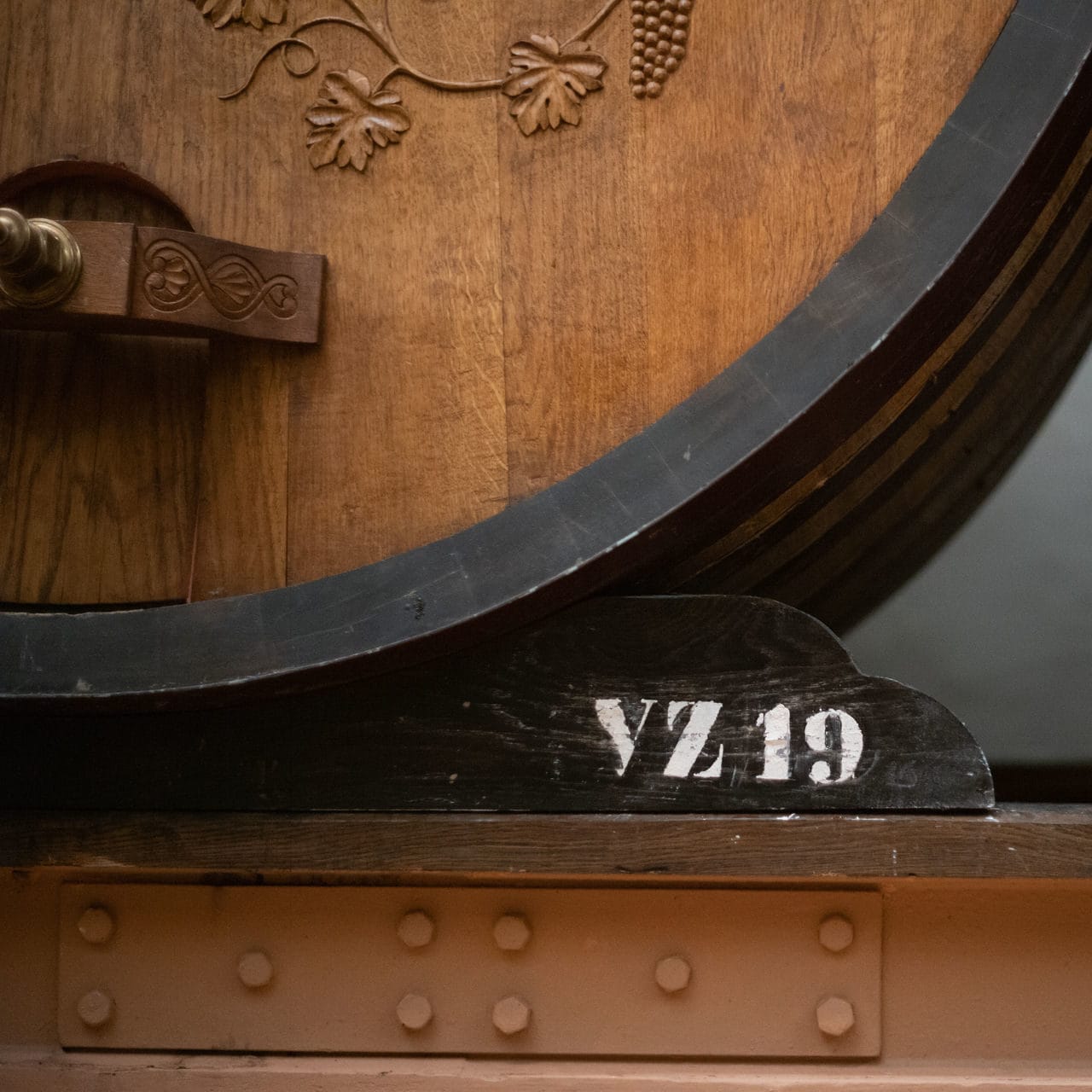Company
Privacy Policy
At Berkeley and Stuart Wine Company we respect and protect your privacy. Our site is a safe environment for anyone who visits and purchases. As a seller of fine wine we are also committed to providing you the best possible online service and experience as well as the best products. The purpose of this policy statement is to fully share with you…
- A complete description of what we collect
- How we use that information
- Whom we share that information with
- How you can change the information
- How you can tell us not to gather any information about you
What information does www.berkeleyandstuart.com collect, and how is it used?
A. When you visit the www.berkeleyandstuart.com site, we collect some basic information that does not identify individual users. This includes which pages are visited, types of products purchased, and any feedback from our visitors. We then aggregate this information with hundreds of thousands of other pieces of information to improve our site and make your experience on the site as valuable and efficient as possible.
B. Our site uses cookies to speed navigation, keep track of items, and provide you with custom-tailored content. We also use cookies to remember some of the information you’ve given us so you don’t have to reenter it each time you visit the site. By showing us how and when shoppers use the site, cookies also help us see which areas are popular and which are not. Many improvements and updates to the site are based on data such as total number of visitors and pages viewed.
Most browsers are initially set to accept cookies. If your browser is set to refuse cookies, you will not be able to use the online order form. If you do not wish to enable cookies but would like to order wine, please email us at wine@berkeleyandstuart.com and one of our salespeople would be happy to help you.
C. When you register online with www.berkeleyandstuart.com, you provide us with the following information:
- First and last name
- Billing address
- Shipping address(es)
- Email address
- Phone number
- Credit card account number
- Names of items you purchase from us
- Messages you include in Gift Messages
We collect all or some of this information on the pages when you register with us. We use this information as follows:
- We fulfil your order based on this information.
- We provide you with information about your order (such as, whether your order has been received, processed, or shipped).
- We sign you up for our free monthly newsletter based on the address that you specify.
- We ask for your phone number in the event that our customer service representatives need to contact you and cannot reach you by email. We save the information about products you purchased to provide you with the best possible customer service and the most up-to-date information about your order.
- Credit card information is used to bill you for products you have ordered.
With whom do we share information?
Nobody. Ever. We refuse to sell, rent, or share any portion of our customer database to third parties.
Credit Card Processing and Security
Shopping with www.berkeleyandstuart.com is absolutely safe — you never have to worry about credit-card safety when you are shopping at our site. We guarantee that each purchase you make is protected and safe. If fraudulent charges are ever made, you will not have to pay for them.
We use the latest encryption technology to keep your personal information safe. All your ordering information — including your name, address, and credit card number — is encrypted using a secure server for maximum security. Your credit card and billing information cannot be read as it travels to our ordering system. To ensure that your information is even more secure, once we receive your credit card information, we store it on a server that isn’t accessible from the Internet.
Credit card transactions are handled by a third-party financial institution, which receives the credit card number and other personal identifying information only to verify the credit card numbers and process transactions. If you feel more comfortable doing so, you are welcome to call in your credit card information and complete your purchase by phone
How do I change, update, or correct personally identifiable information about myself?
If at any time you would like to change any information in your account, just go to the “My Account” link on the top banner or along the left column of any page. This will take you to the “My Account” page. Here you can change or update your email address, username, password, billing and shipping addresses, and payment options.
How does www.berkeleyandstuart.com protect people under 21 years of age?
Berkeley and Stuart Wine Company does not knowingly collect any personal information from minors, and we take steps to ensure that minors cannot purchase or receive alcoholic beverages from us. One of these steps is the fact that any of our shipments that contain alcoholic beverages are sent with an “Adult Signature Required” sticker on them, and the common carrier that delivers our merchandise is required to ask and check for identification upon delivery. You must be 21 years of age to order or receive alcoholic beverages from Berkeley and Stuart Wine Company.
Other
By using the www.berkeleyandstuart.com site, you consent to the collection and use of your information by www.berkeleyandstuart.com as described in this policy.
Berkeley and Stuart Wine Company fully cooperates with law enforcement agencies in identifying those who use our services for illegal activities. We reserve the right to release information about members who we believe are in violation of our content guidelines. We also reserve the right to report to law enforcement agencies any activities that we reasonably believe to be unlawful.
Berkeley and Stuart Wine Company may update this policy from time to time; please check this page periodically for changes. By using this site, you signify your agreement to the www.berkeleyandstuart.com Privacy Policy.
WARNING: Drinking distilled spirits, beer, coolers, wine and other alcoholic beverages may increase the cancer risk, and, during pregnancy, can cause birth defects. For more information go to www.P65Warnings.ca.gov/alcohol
